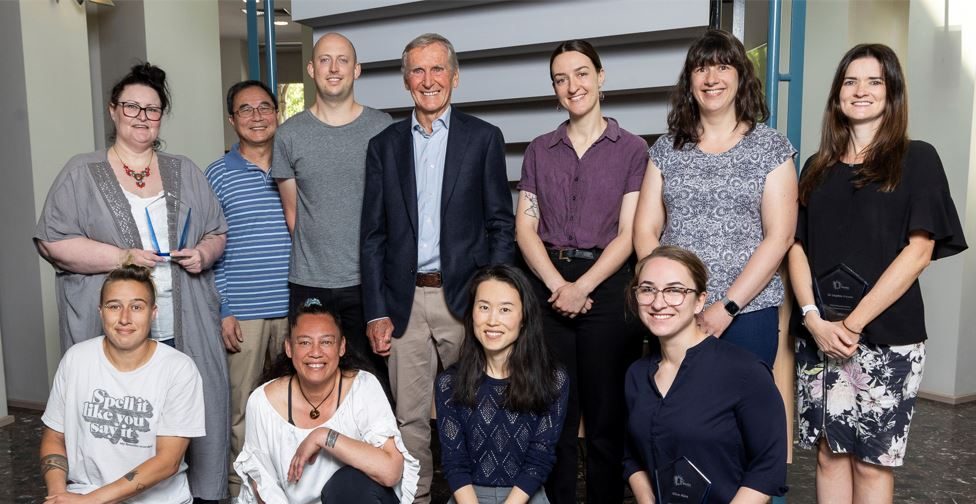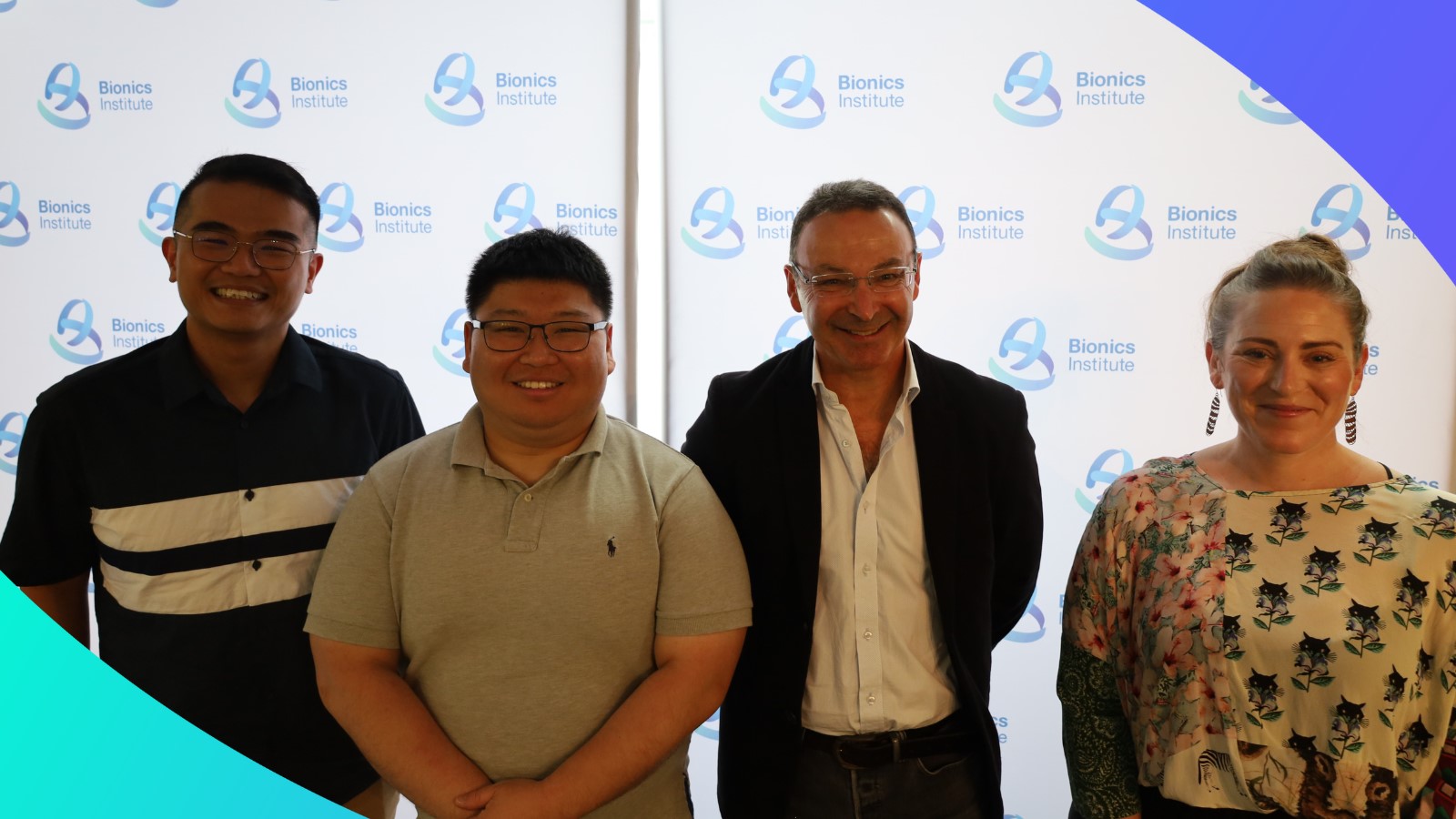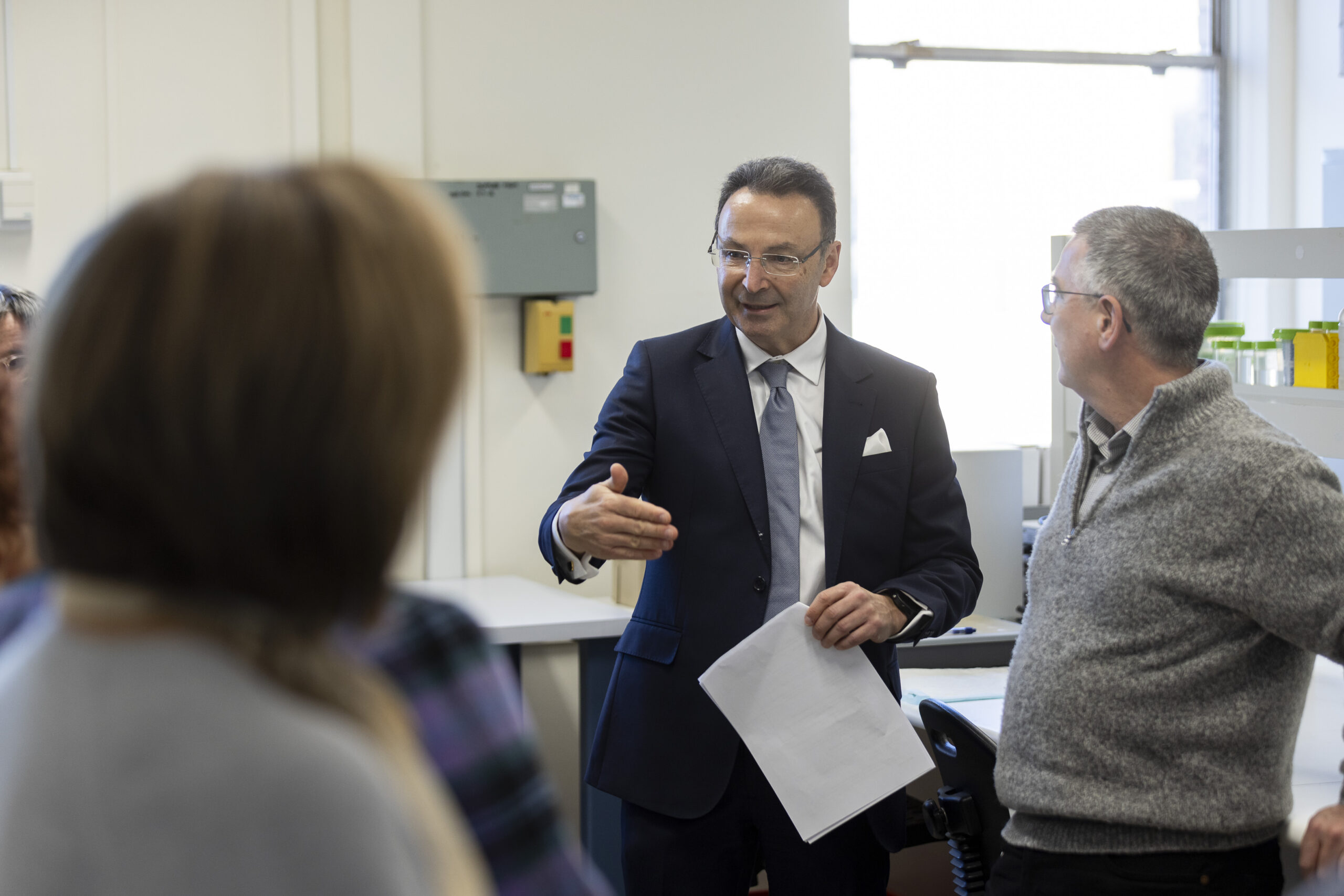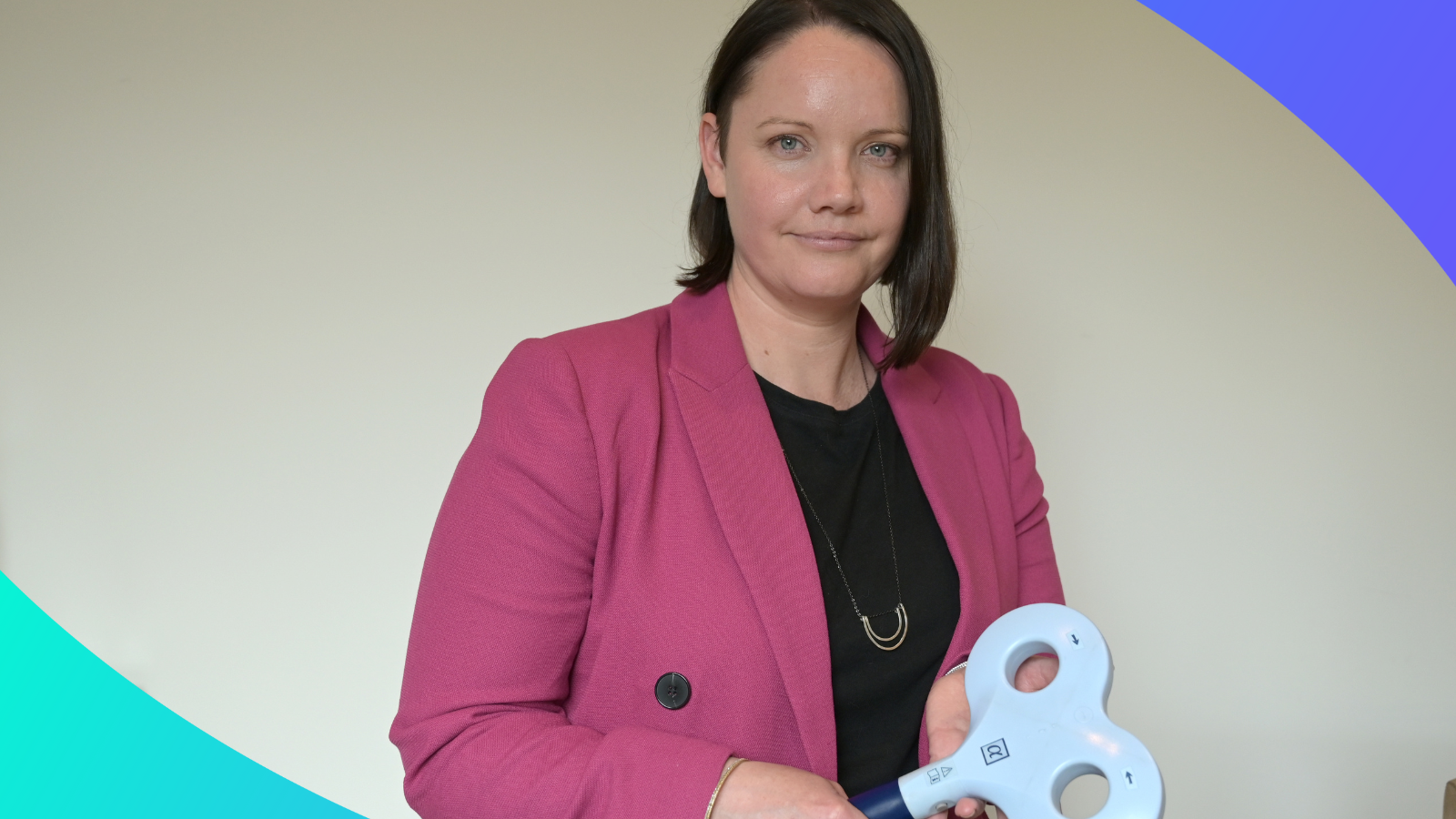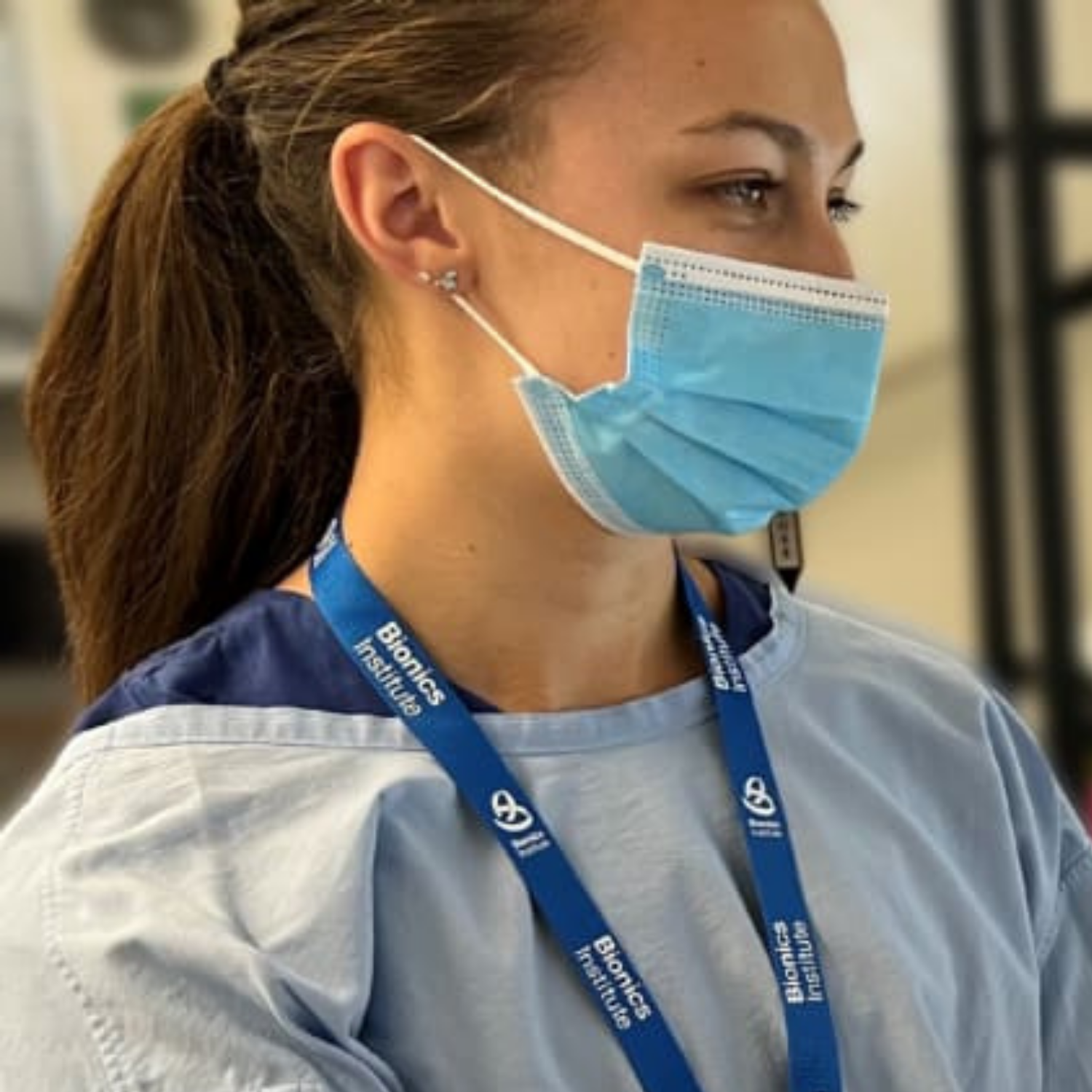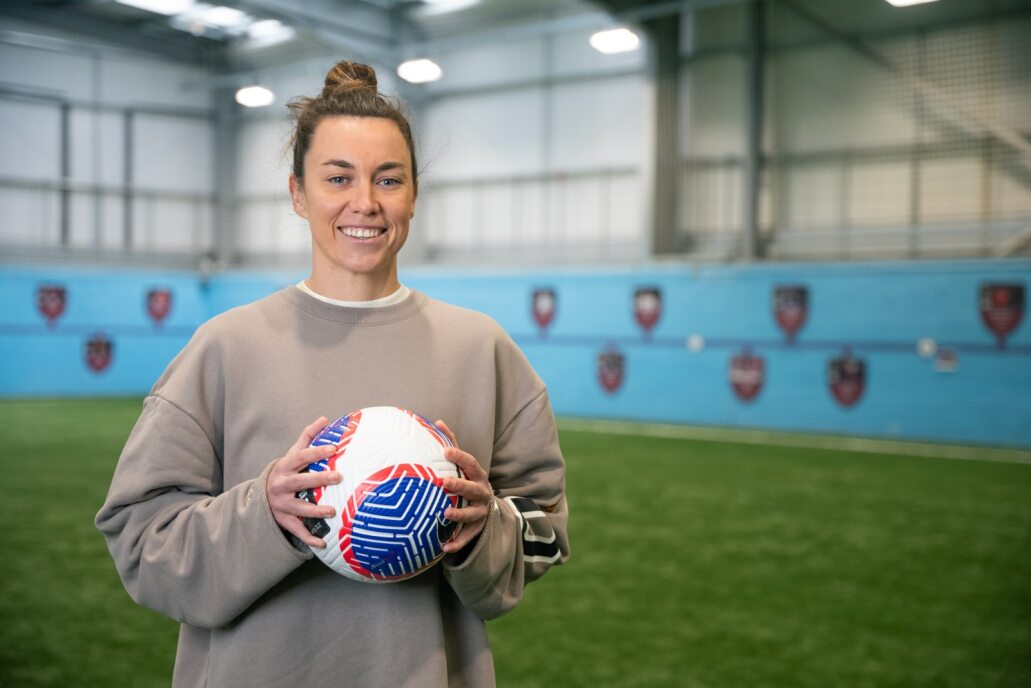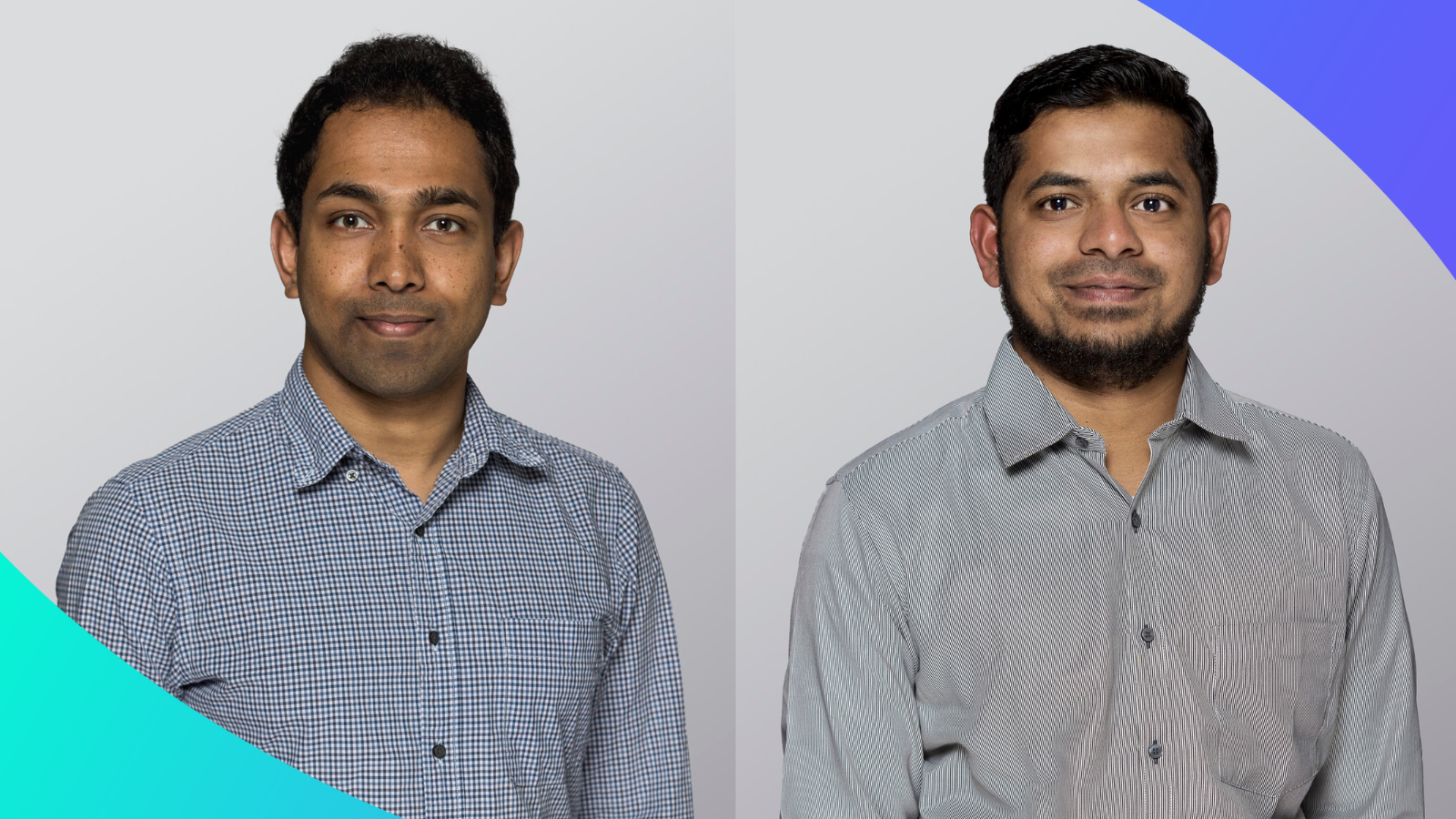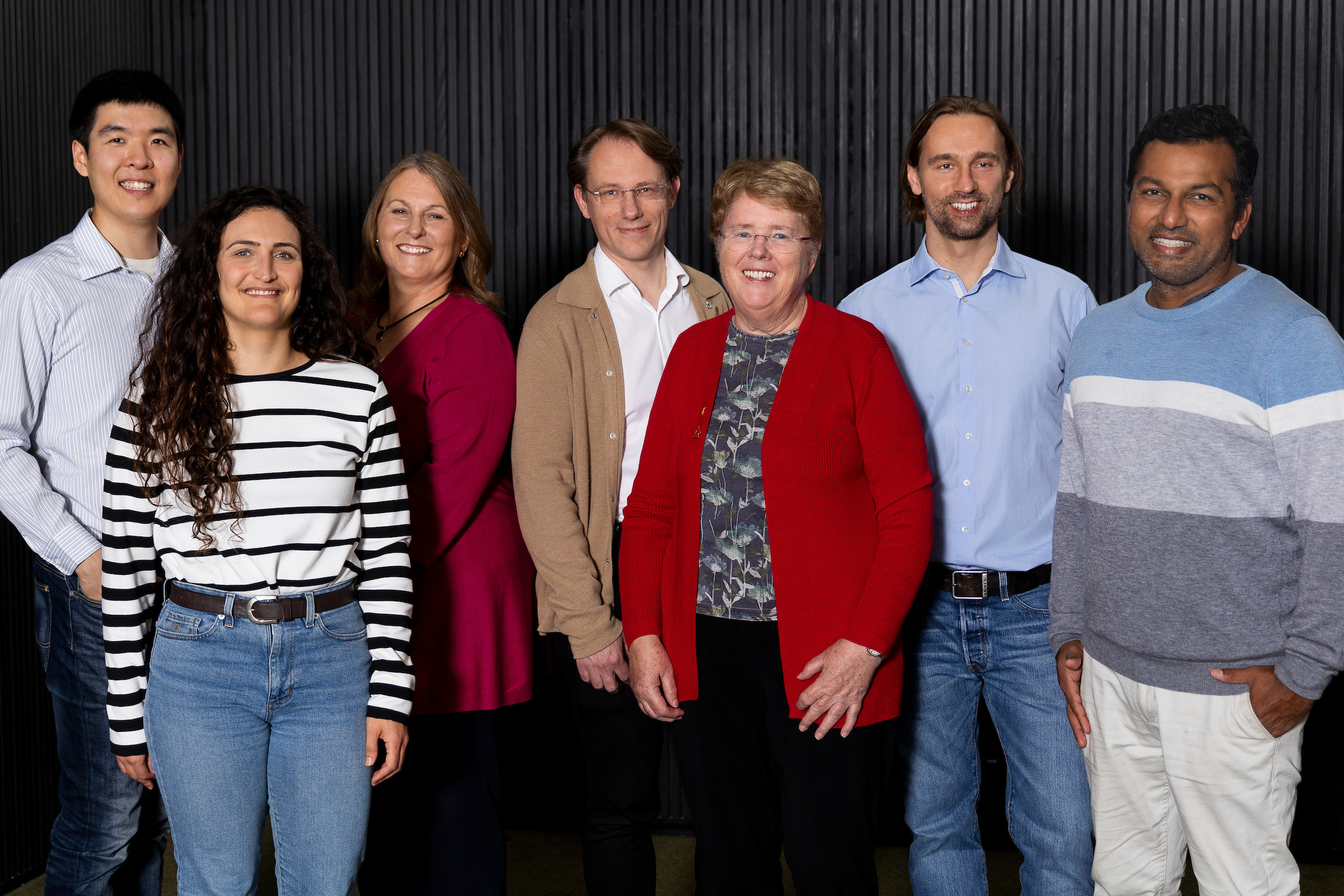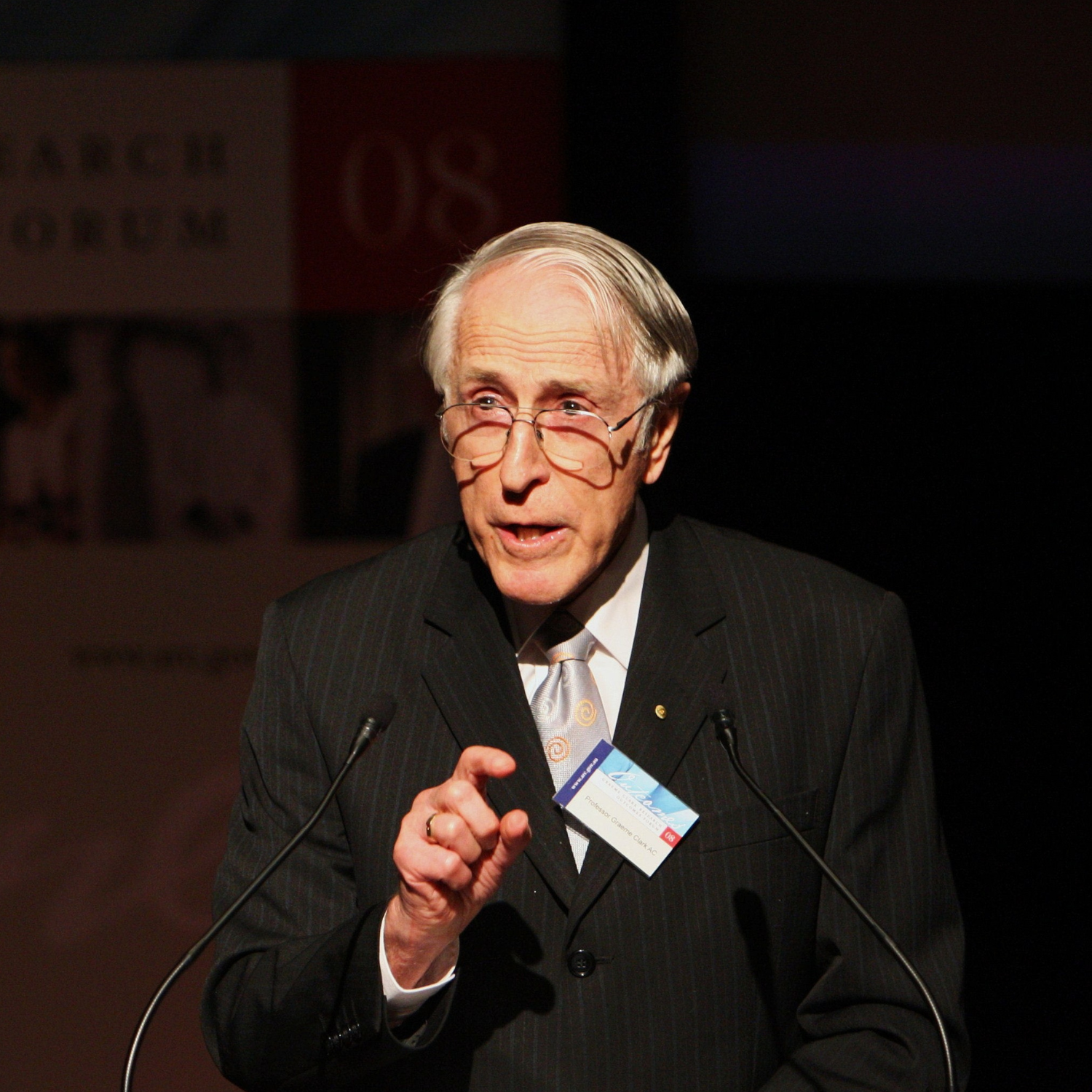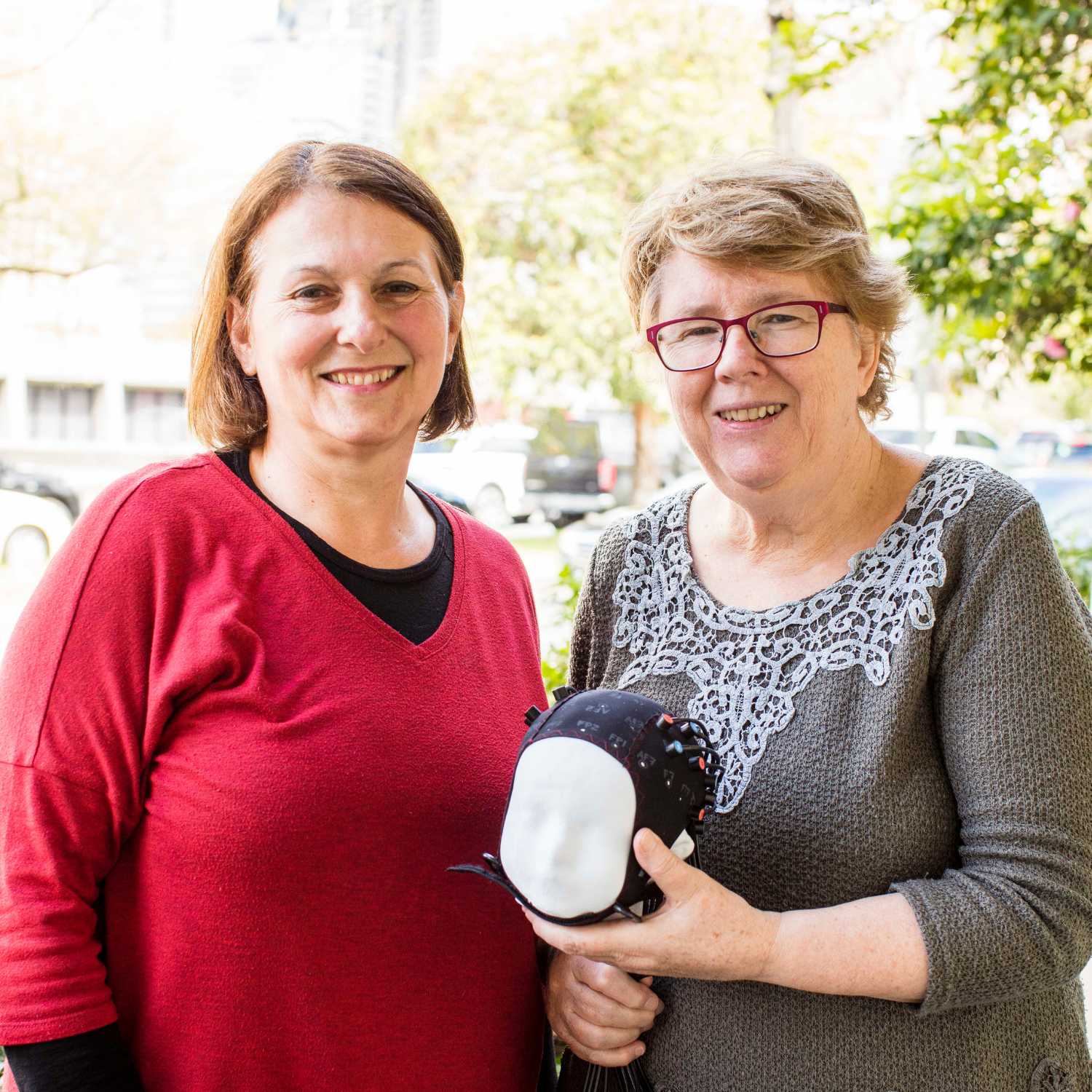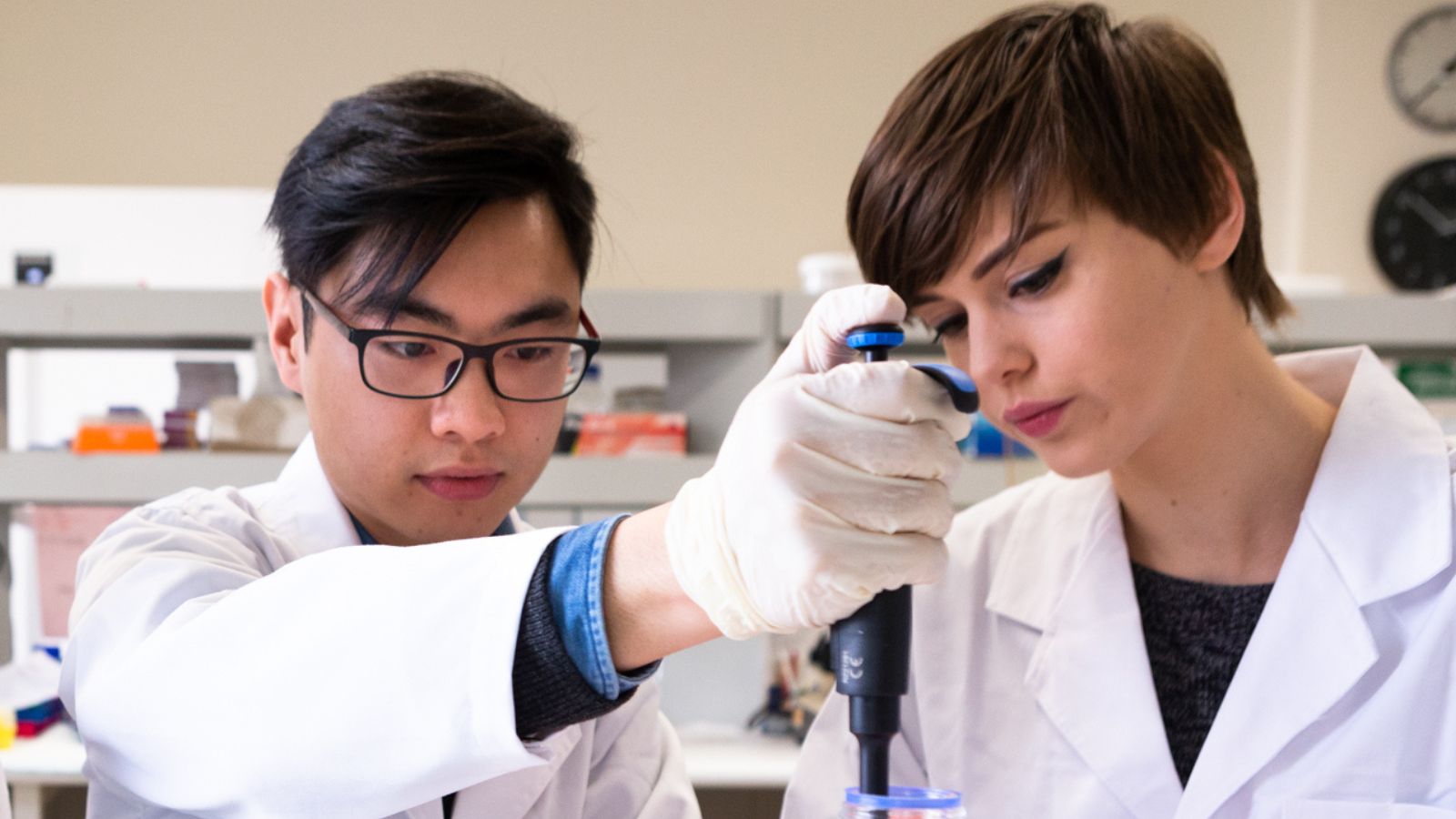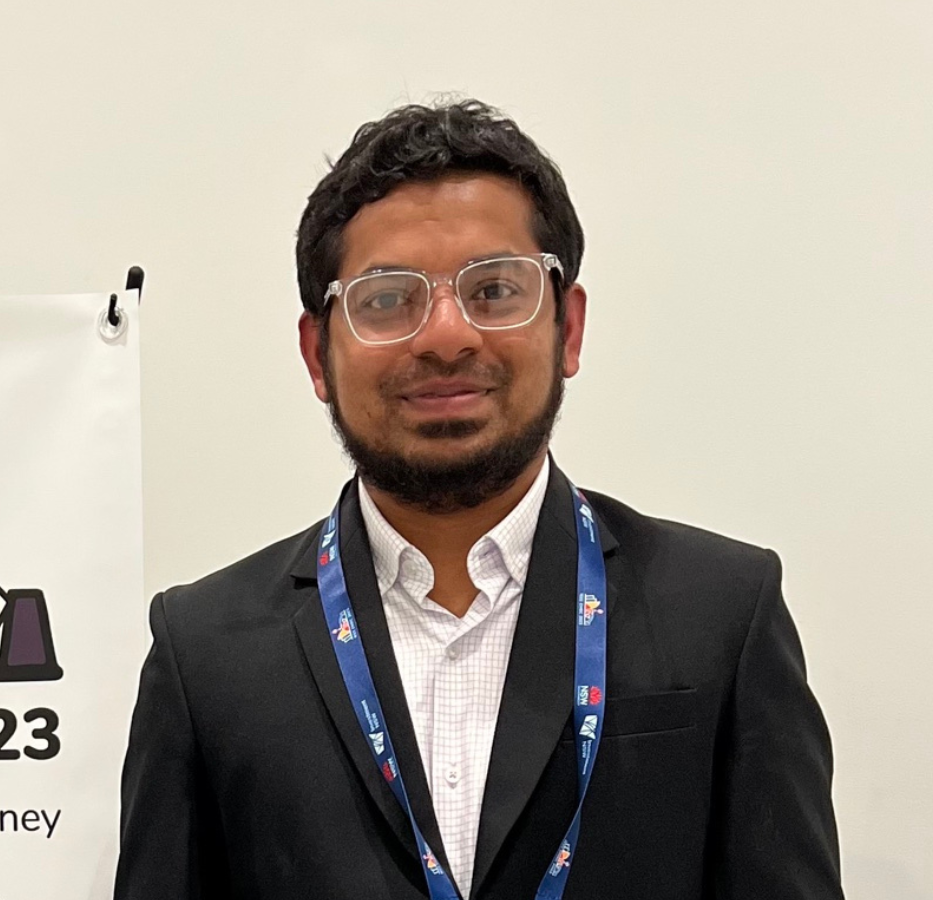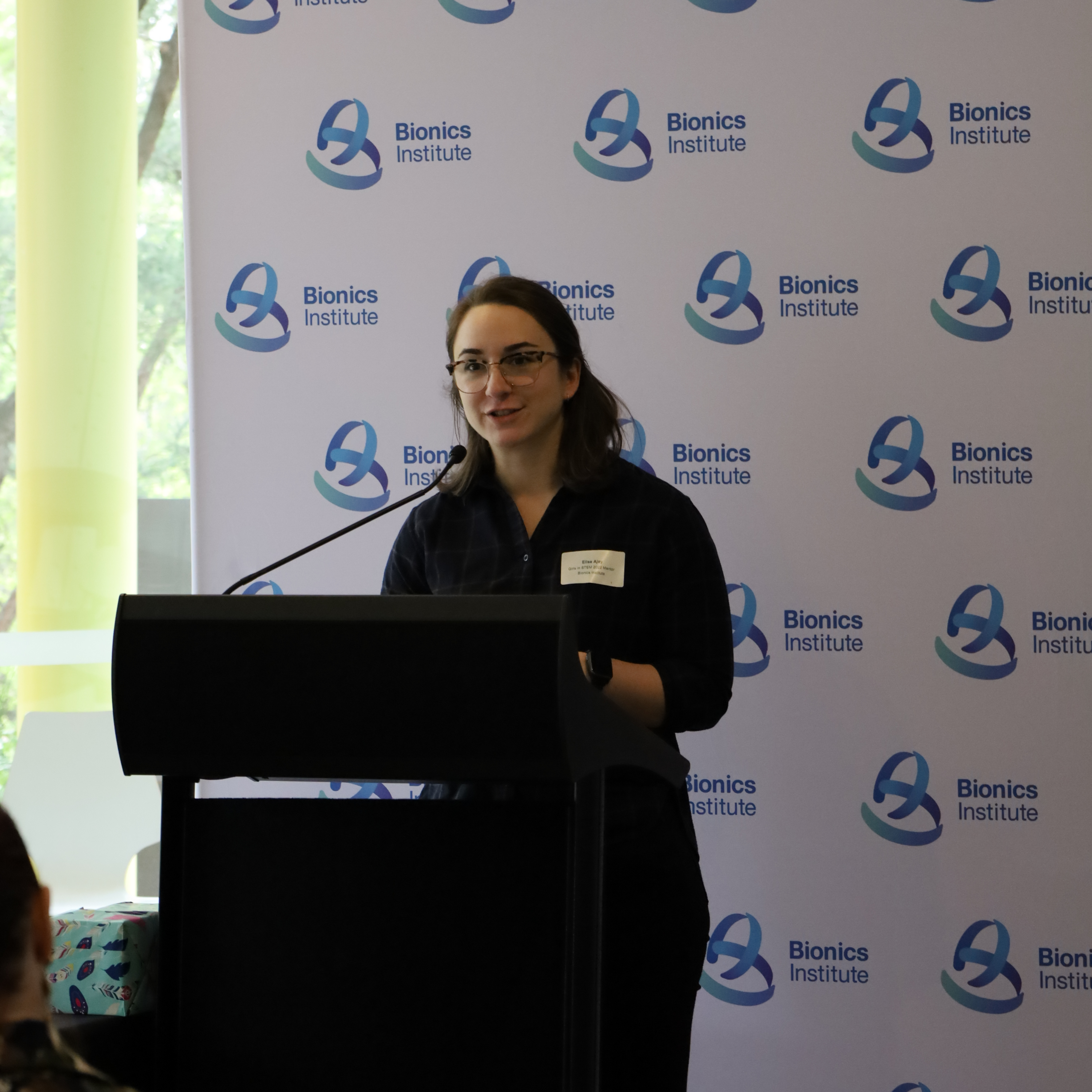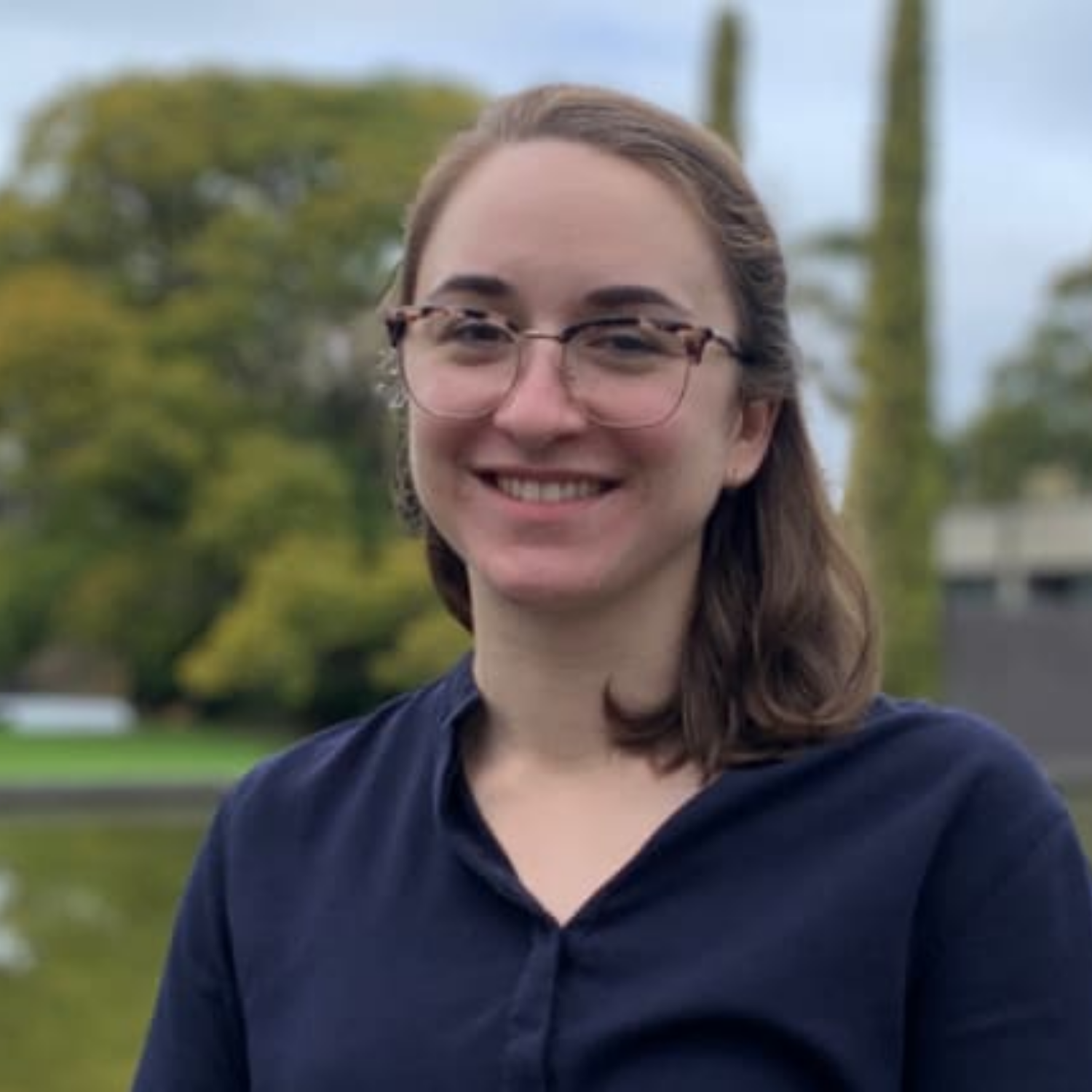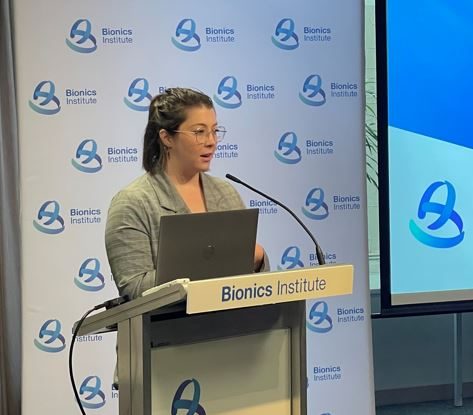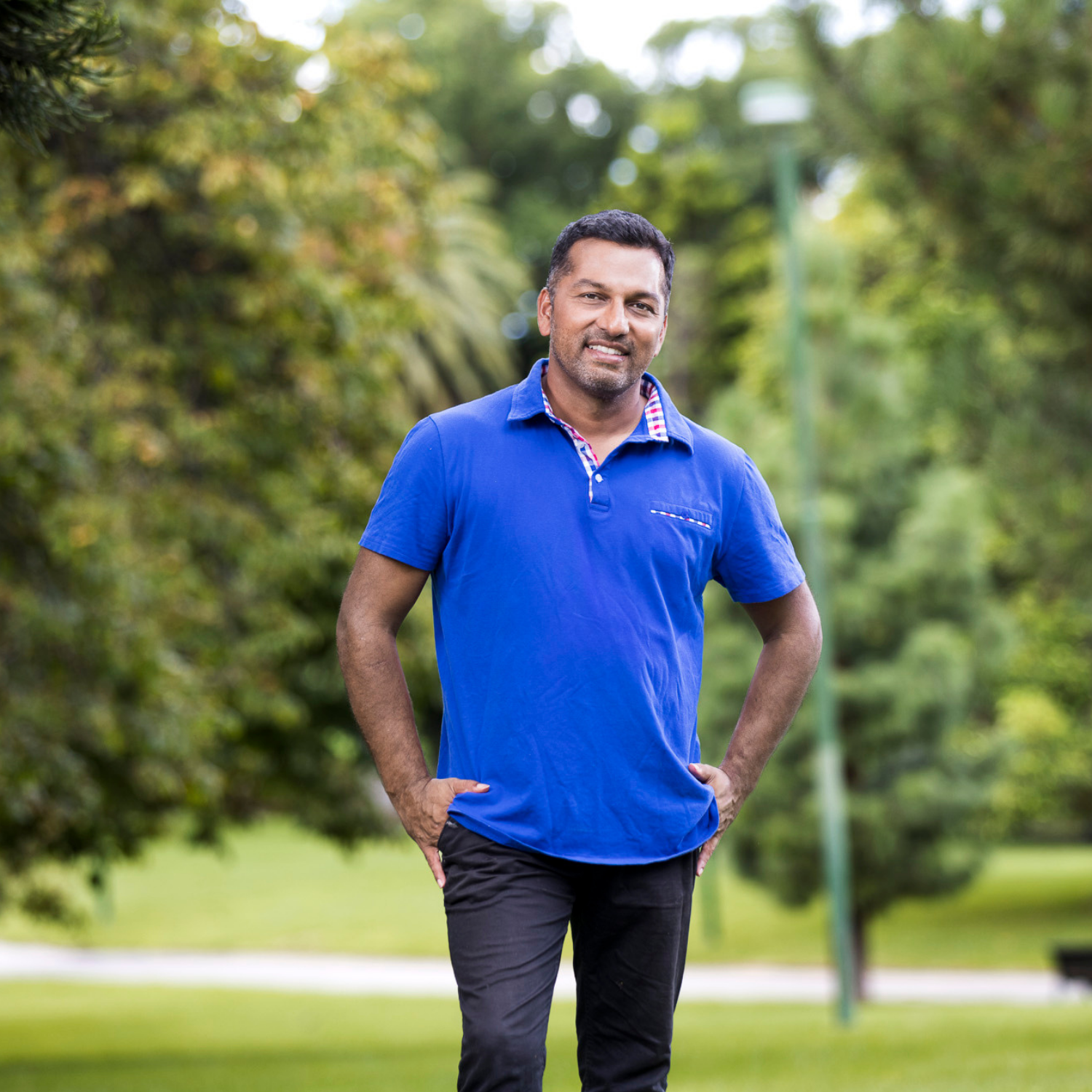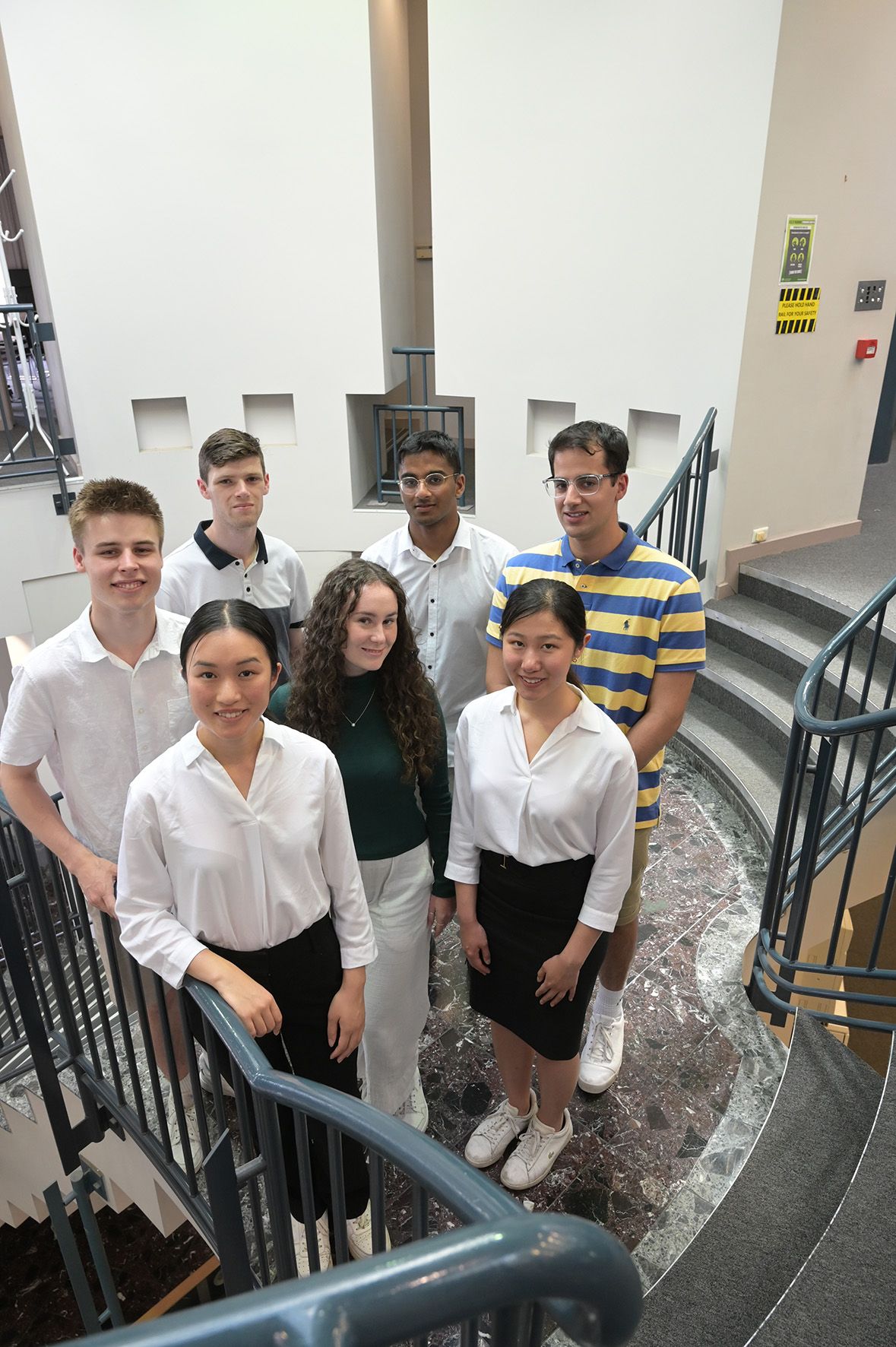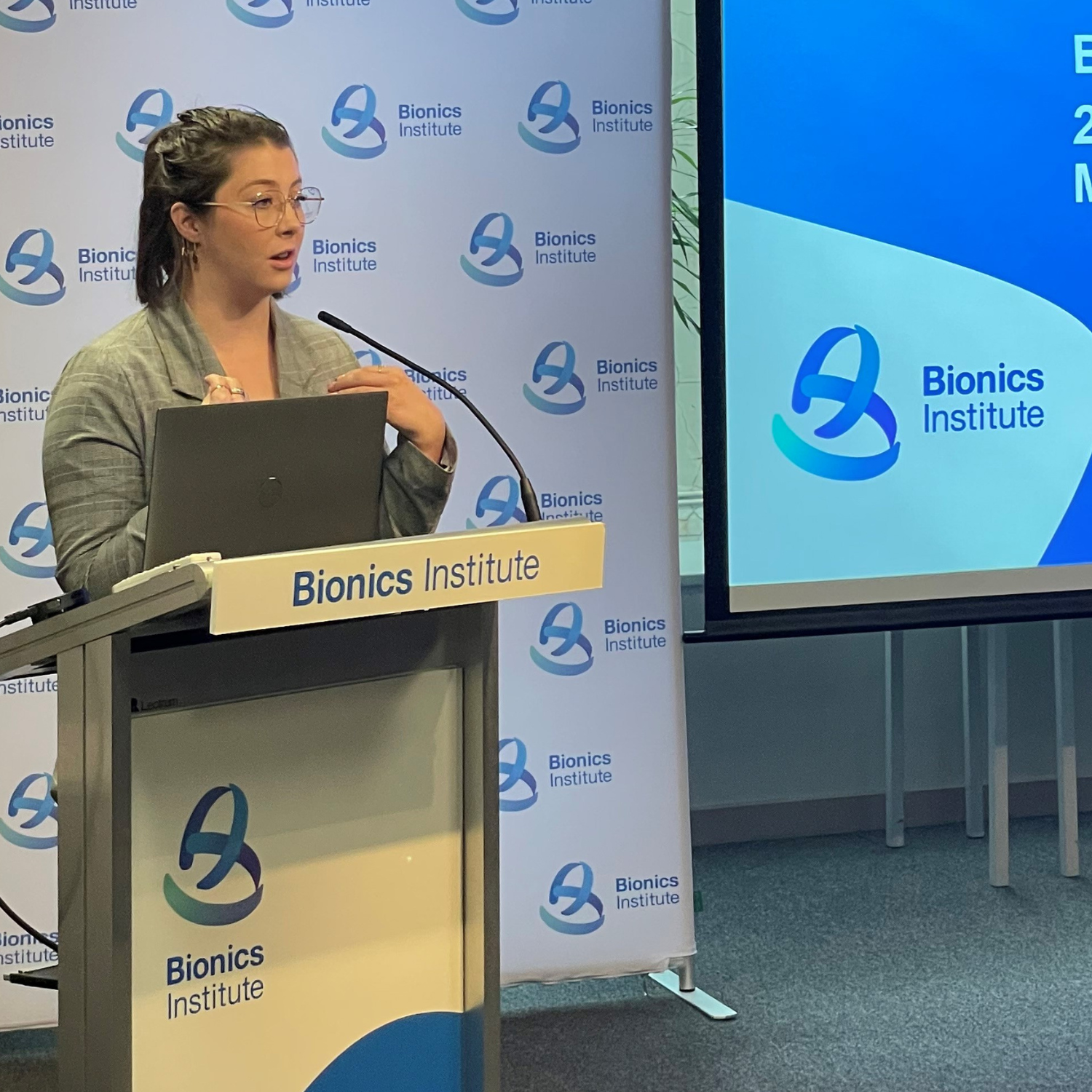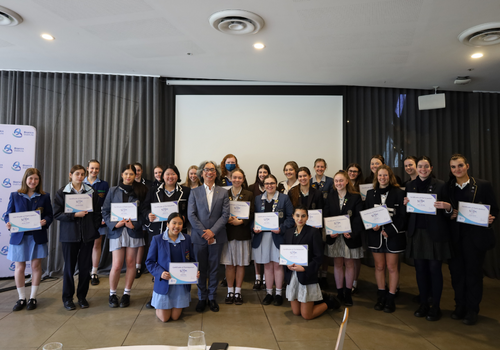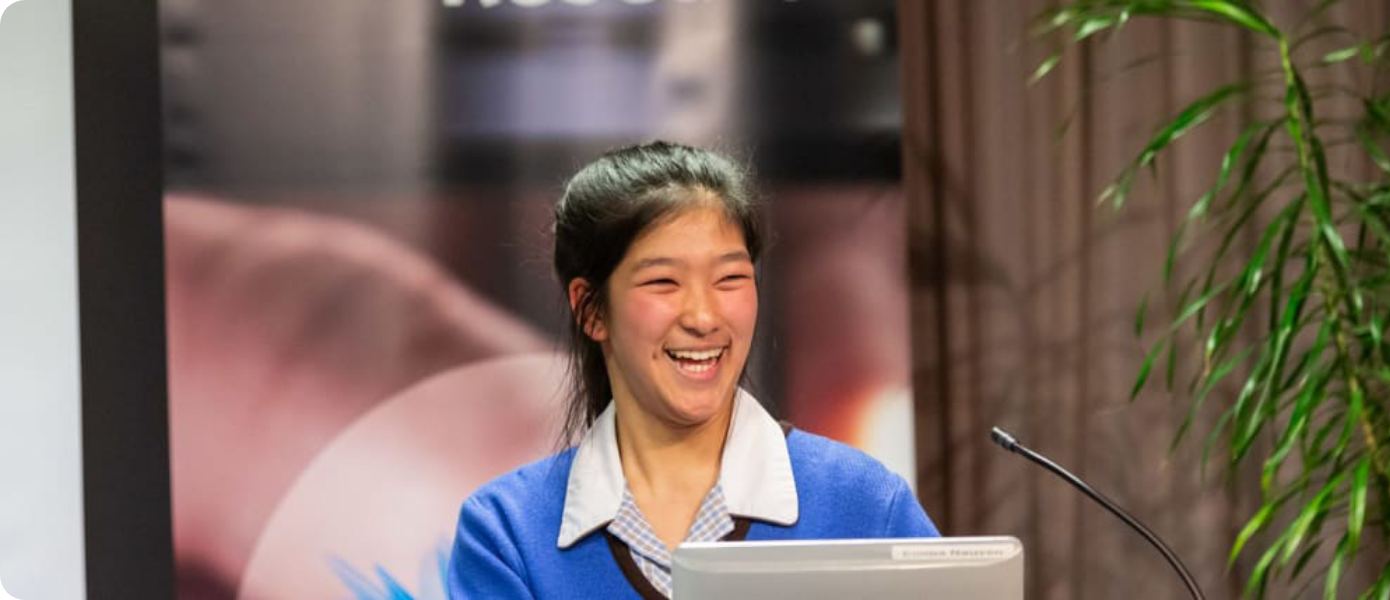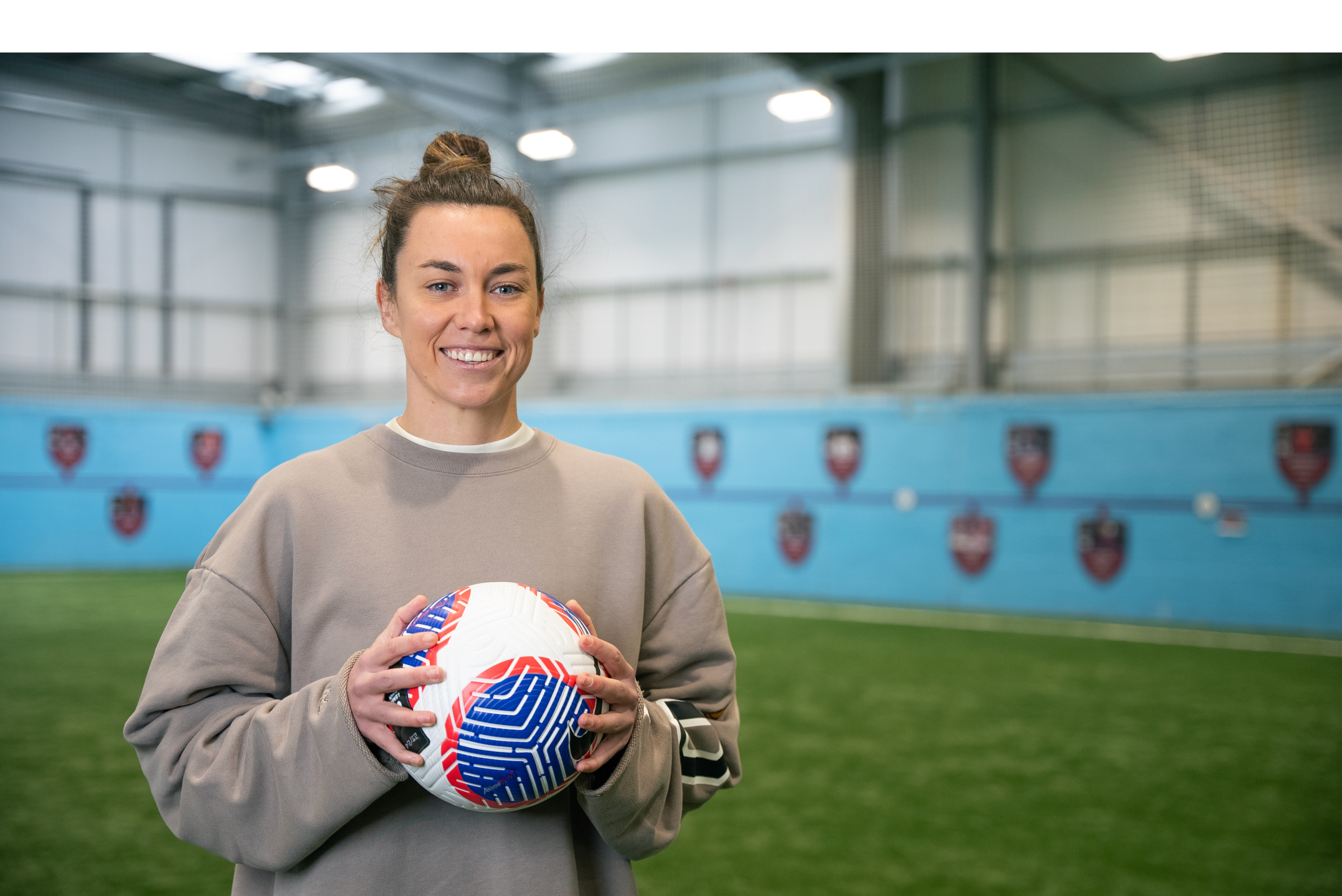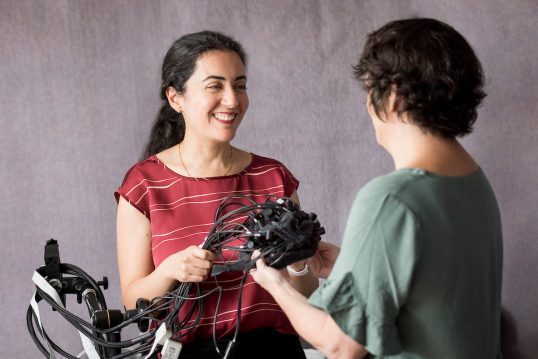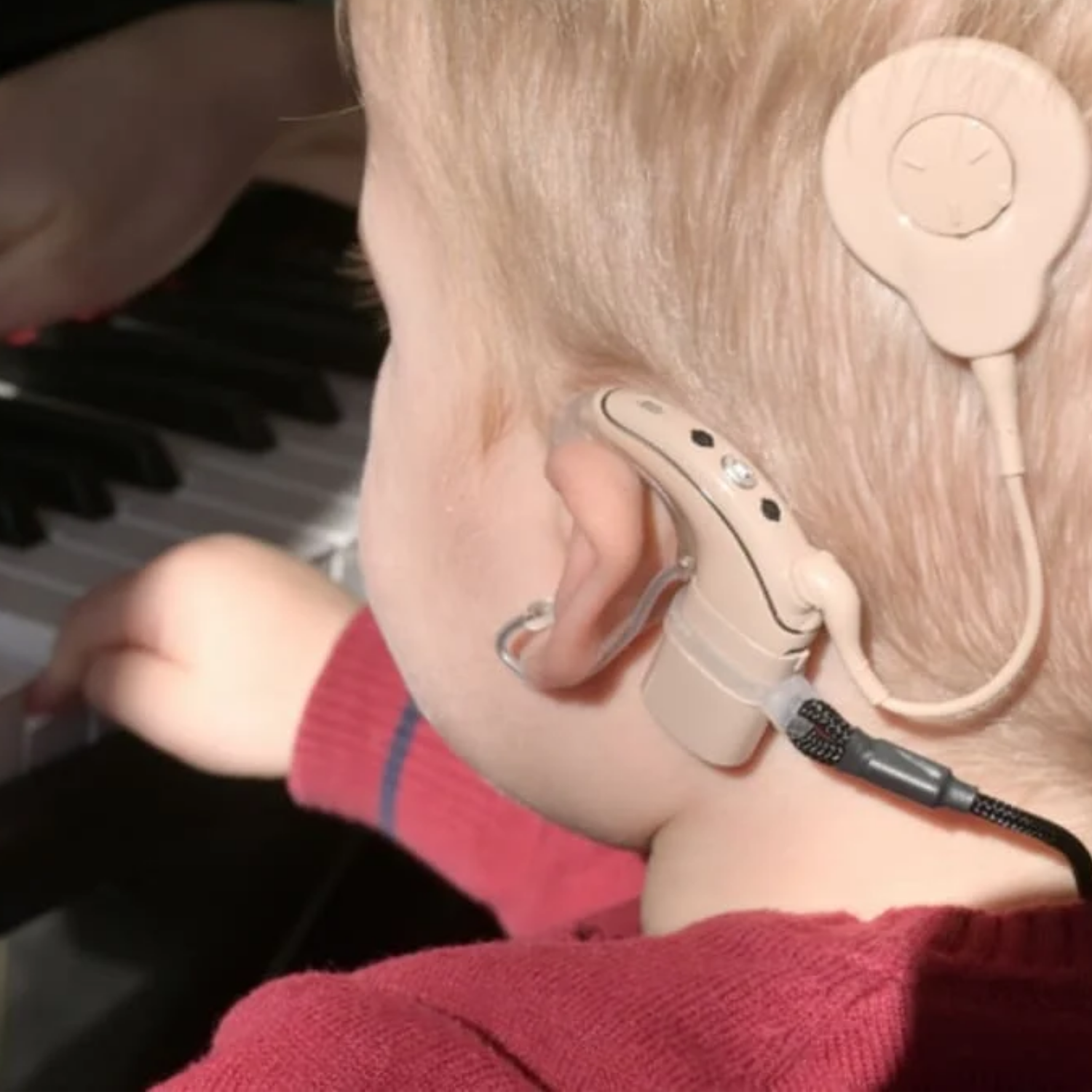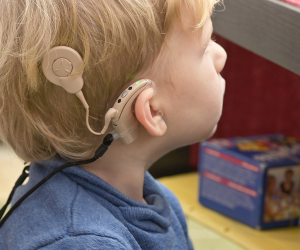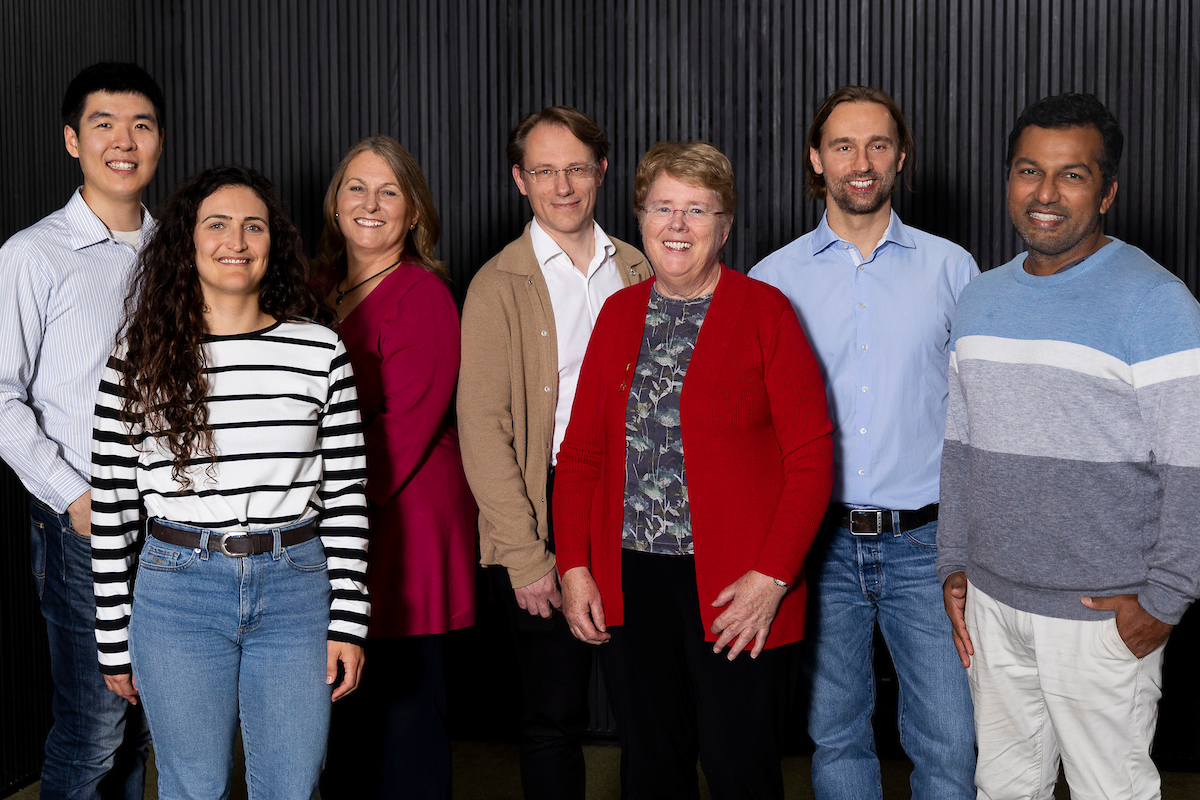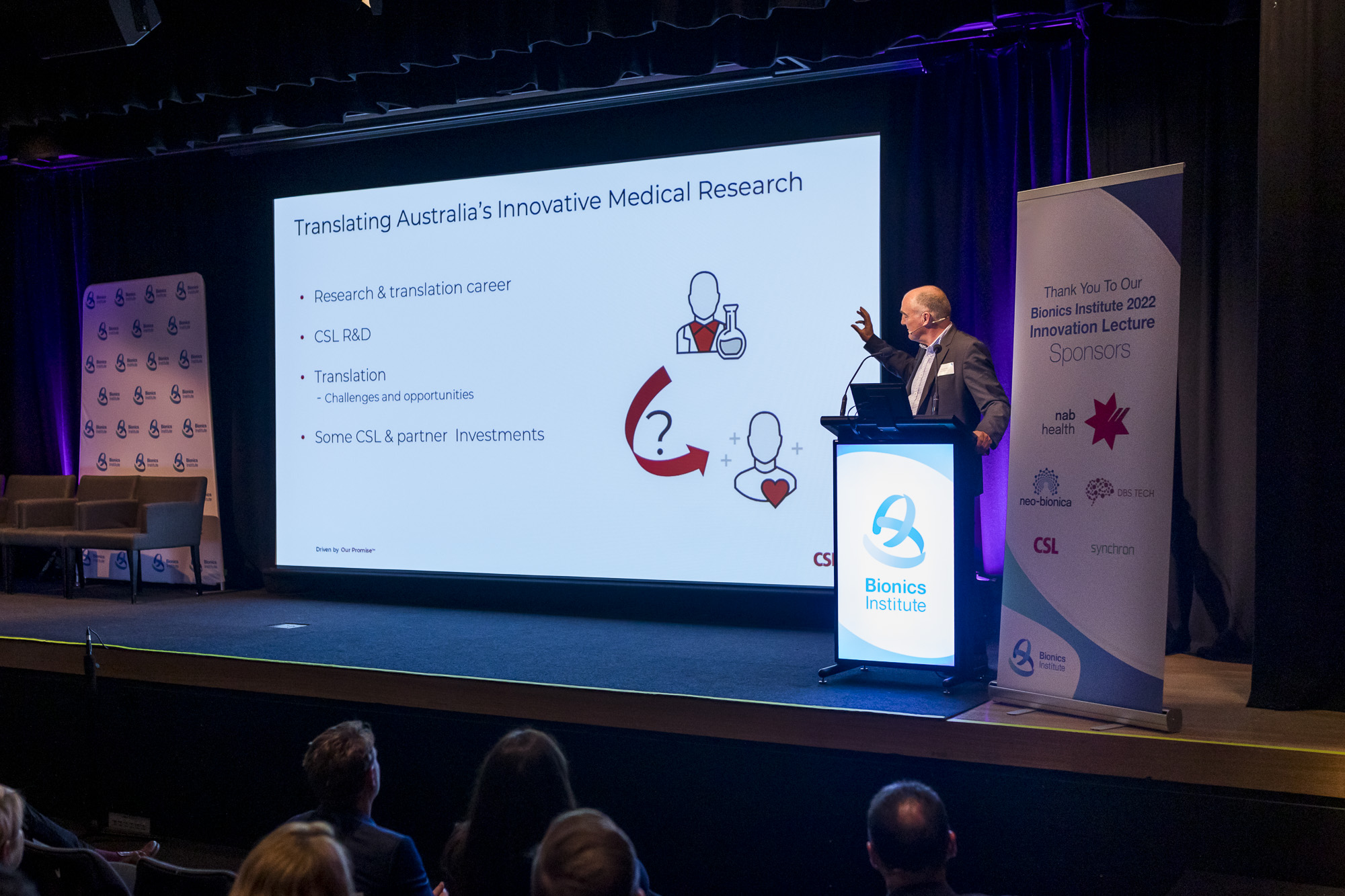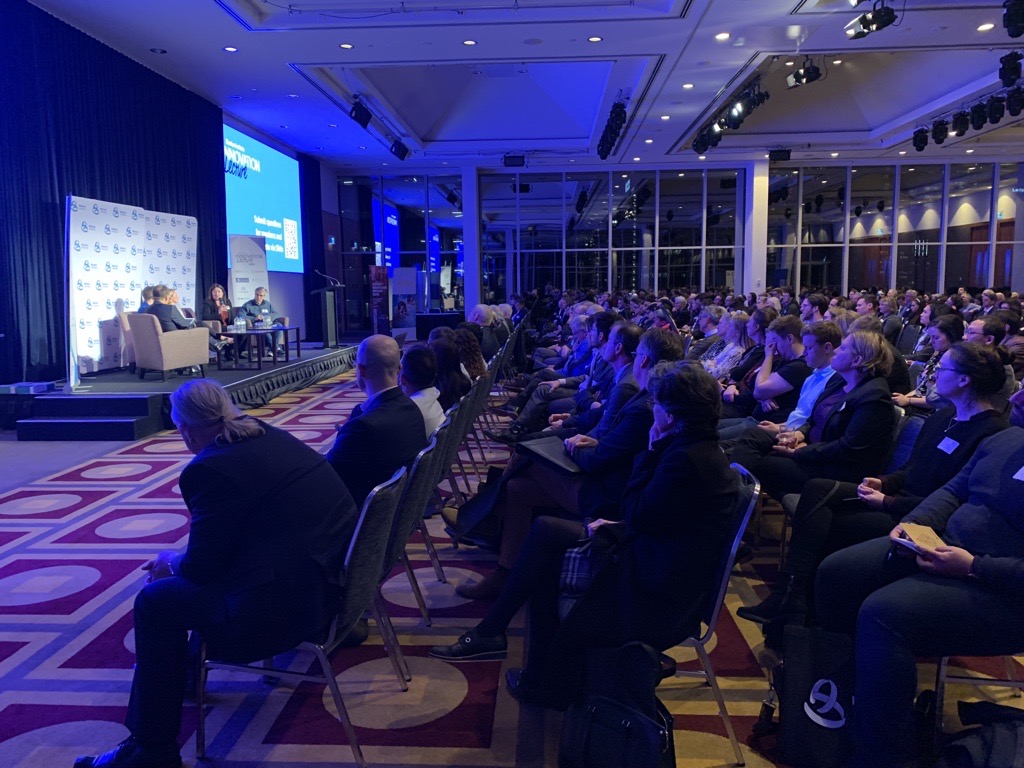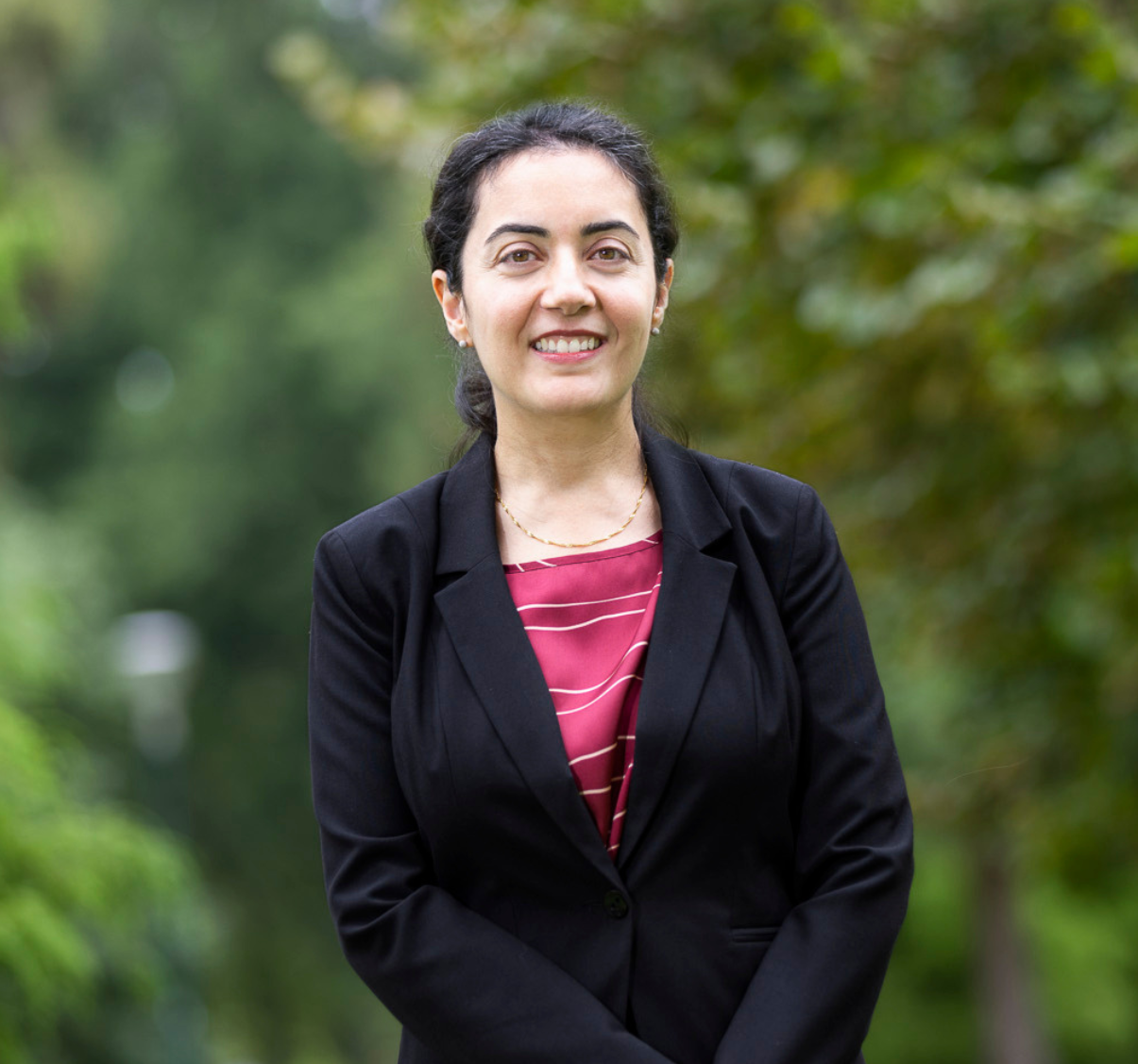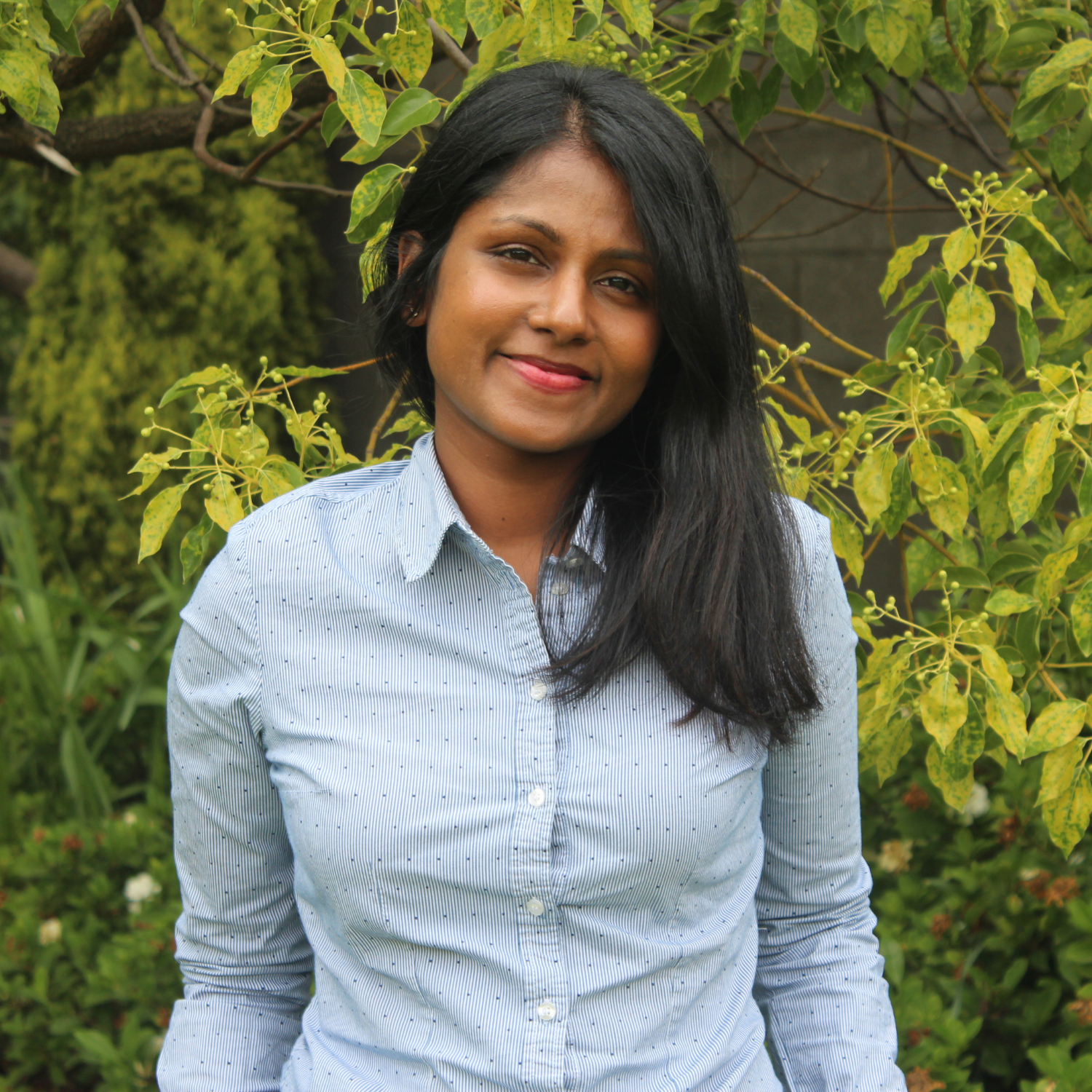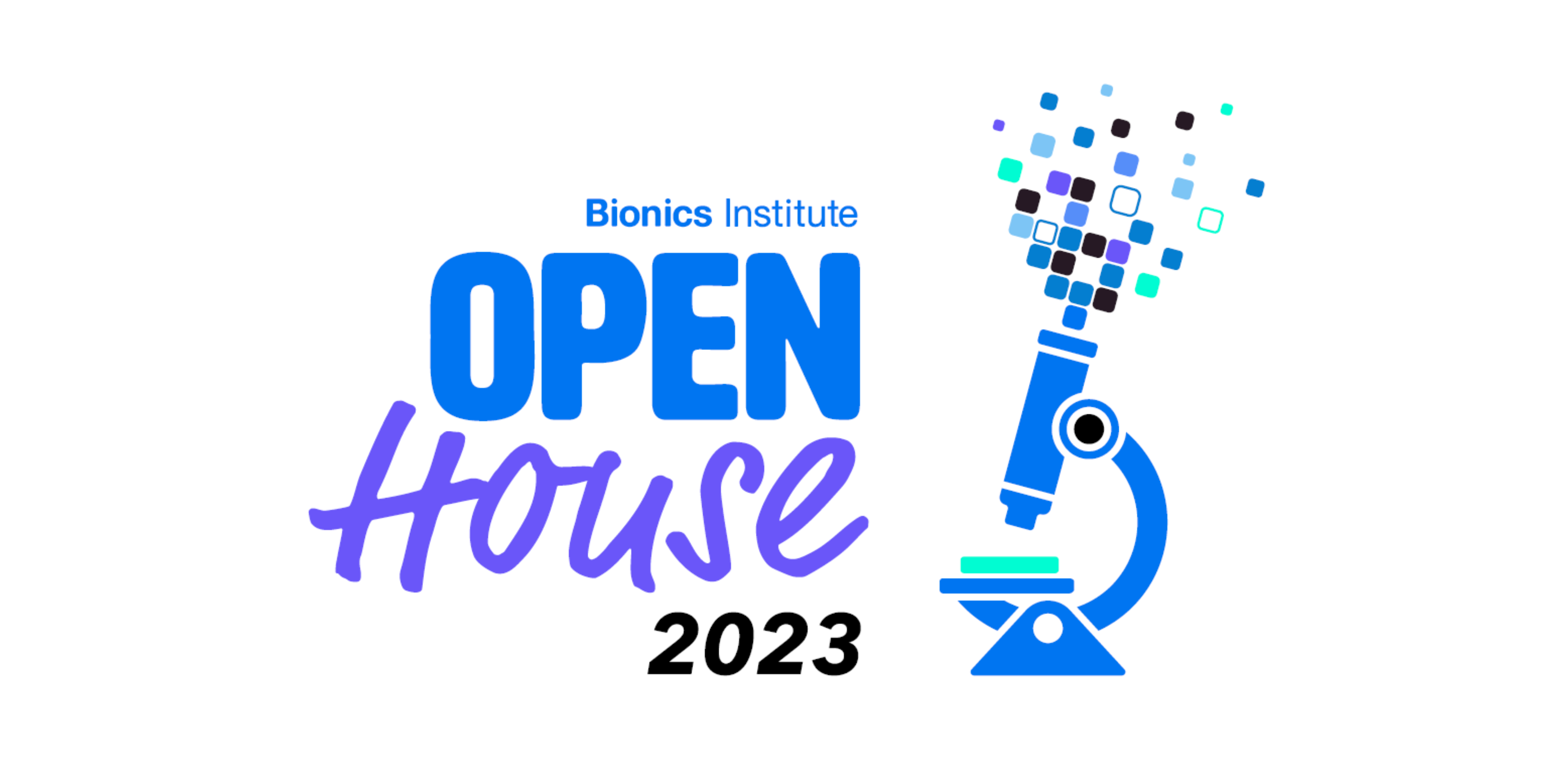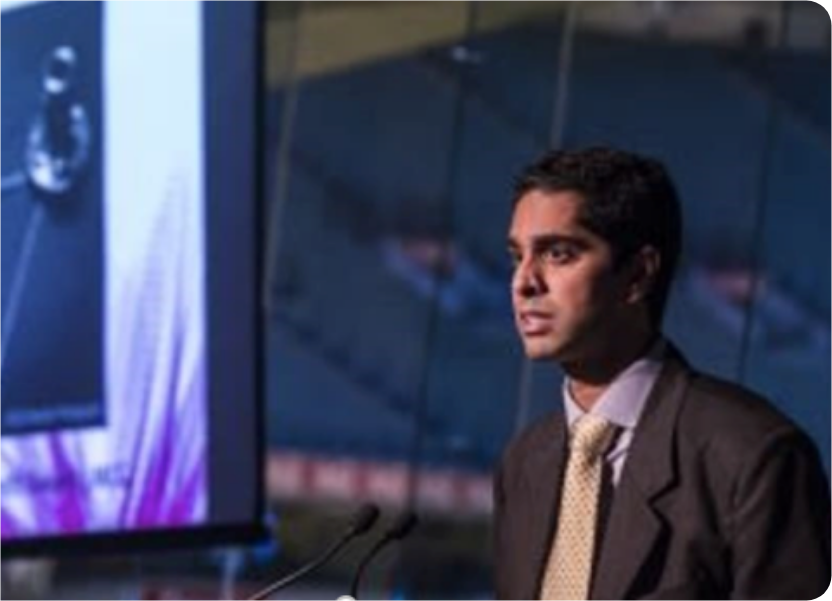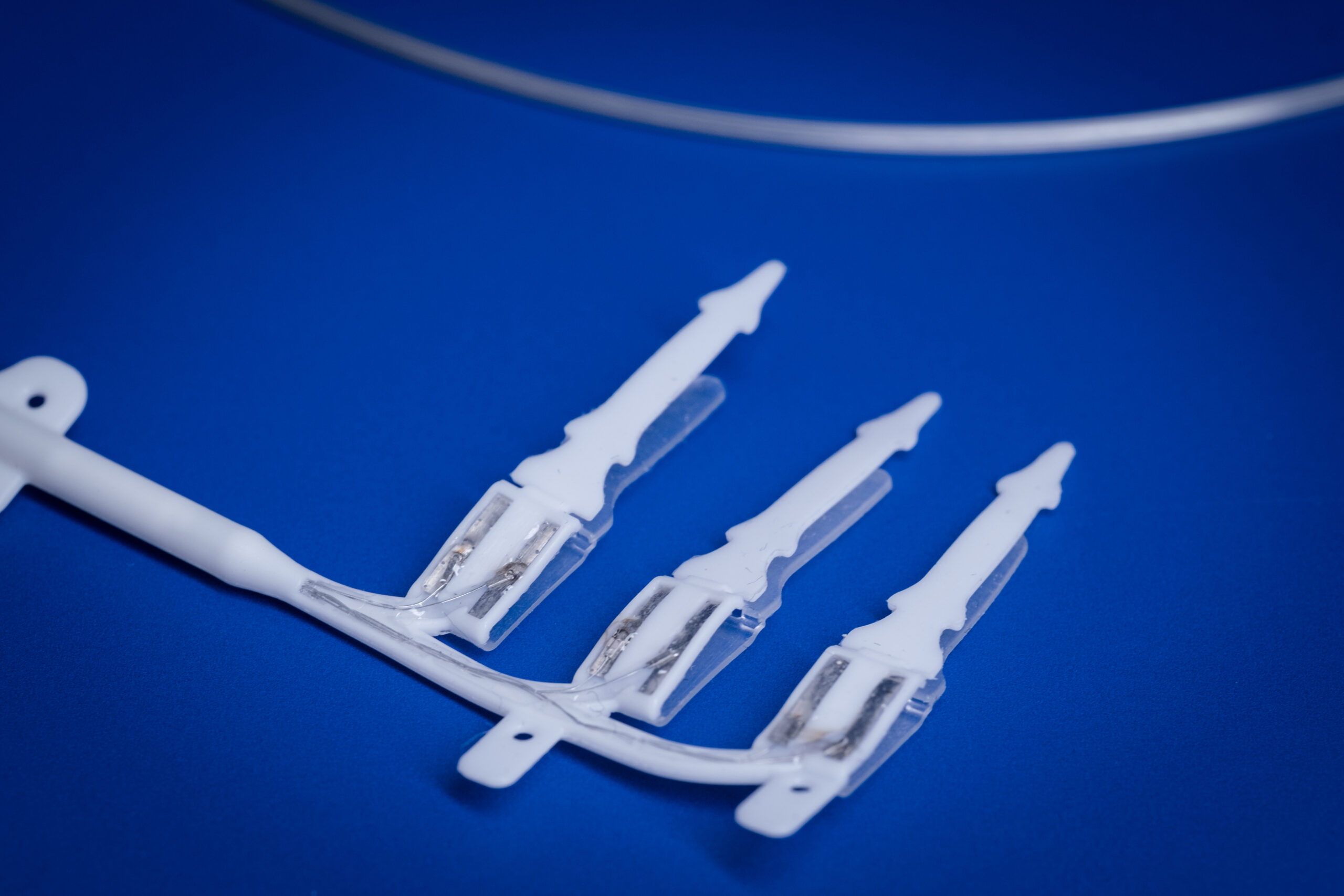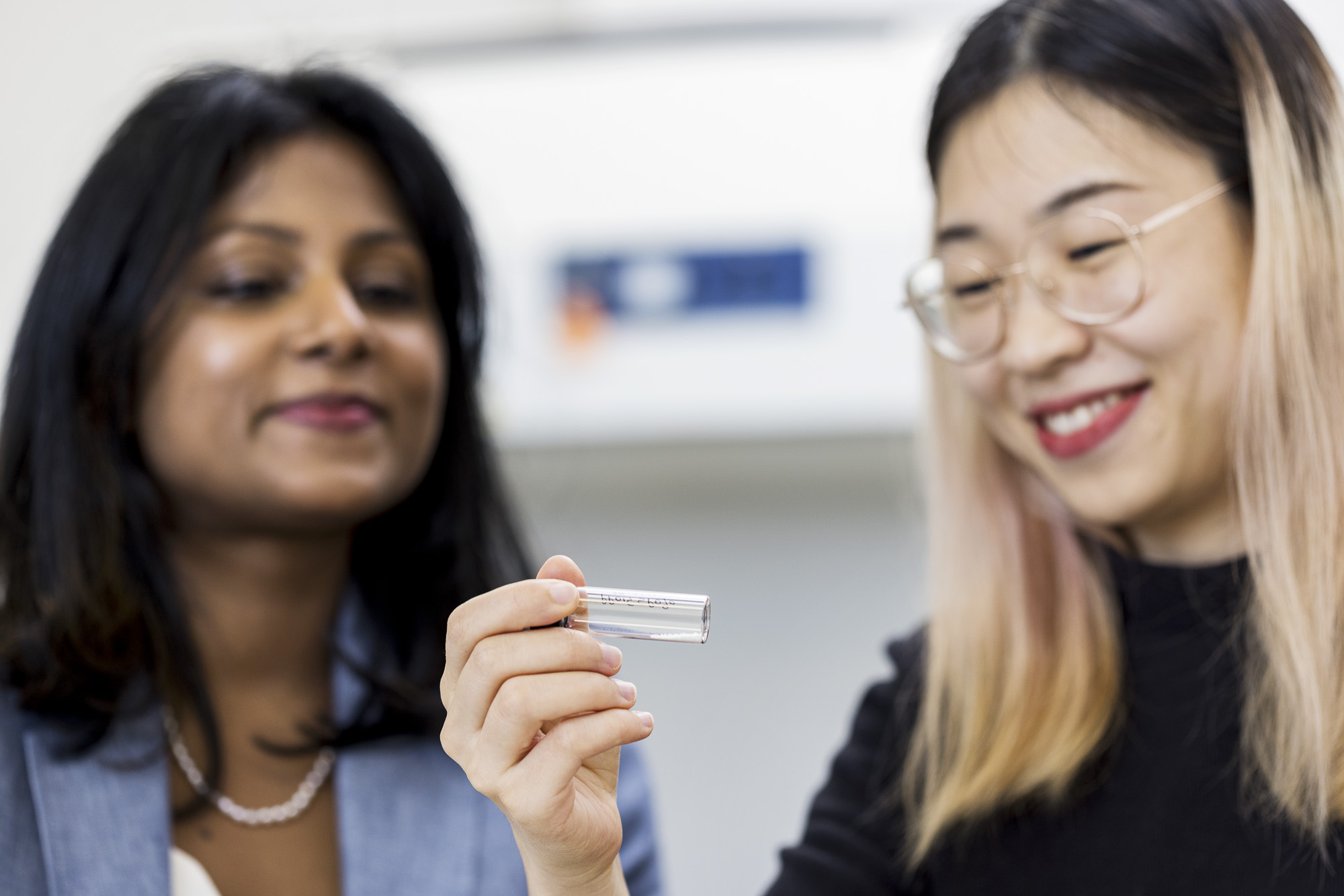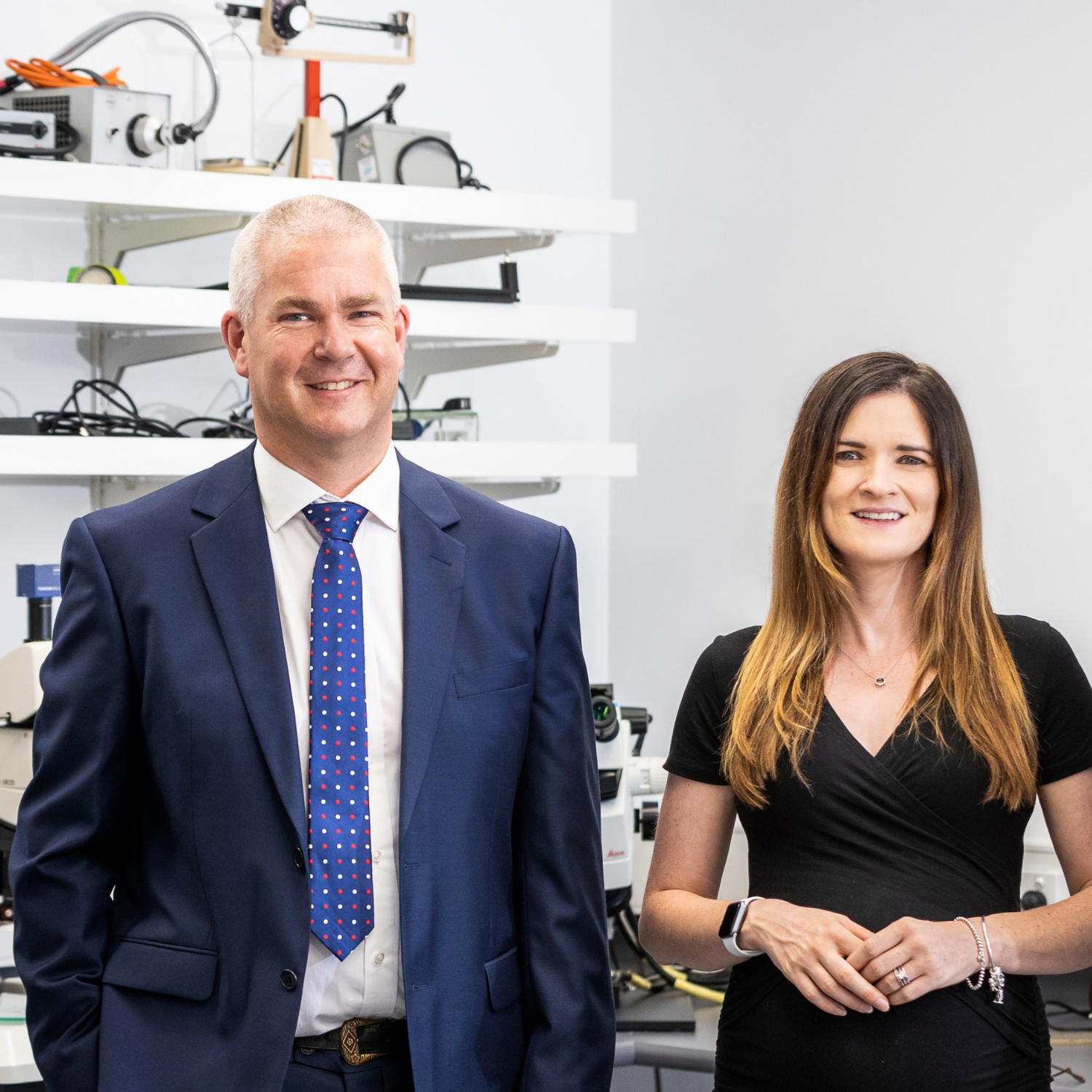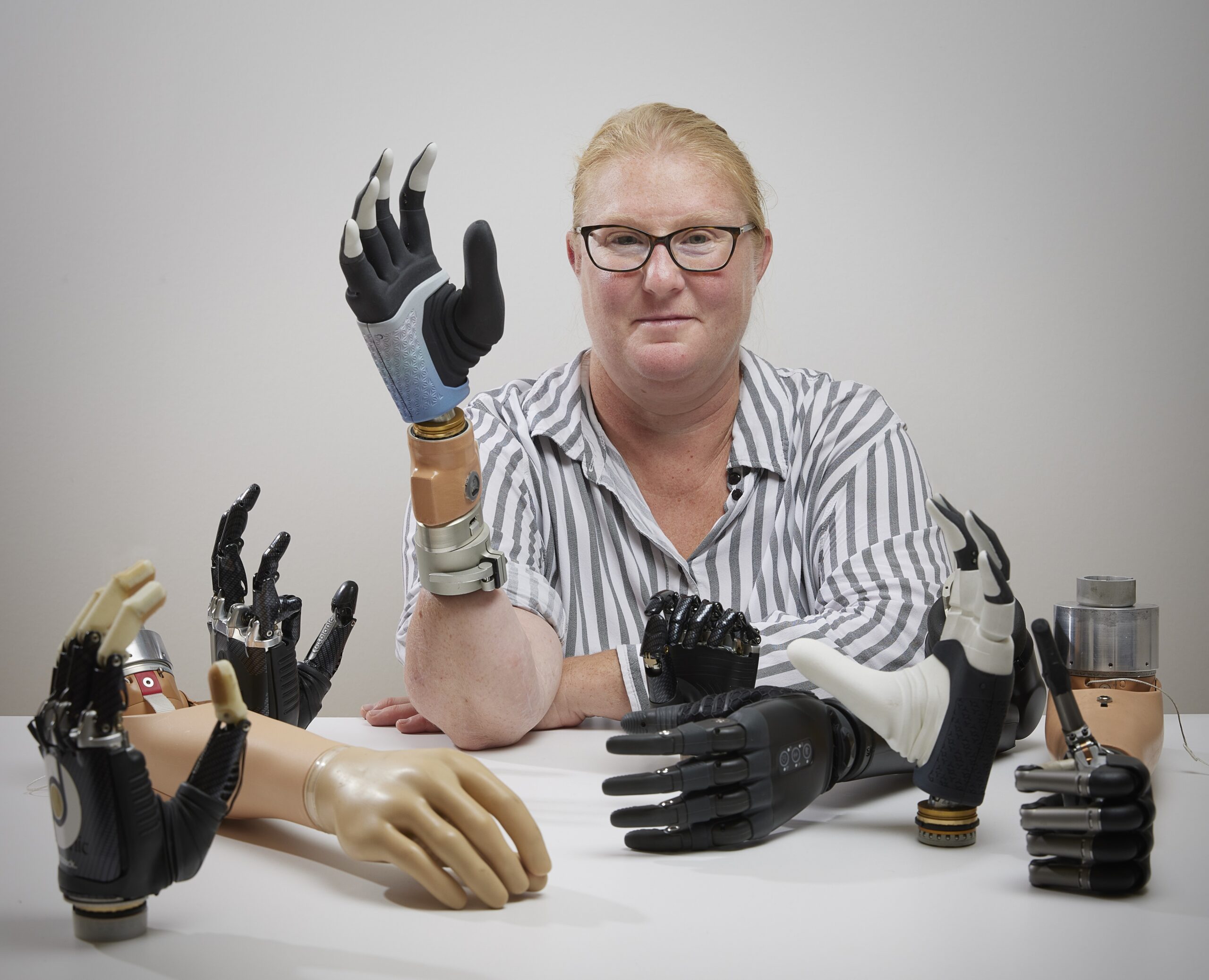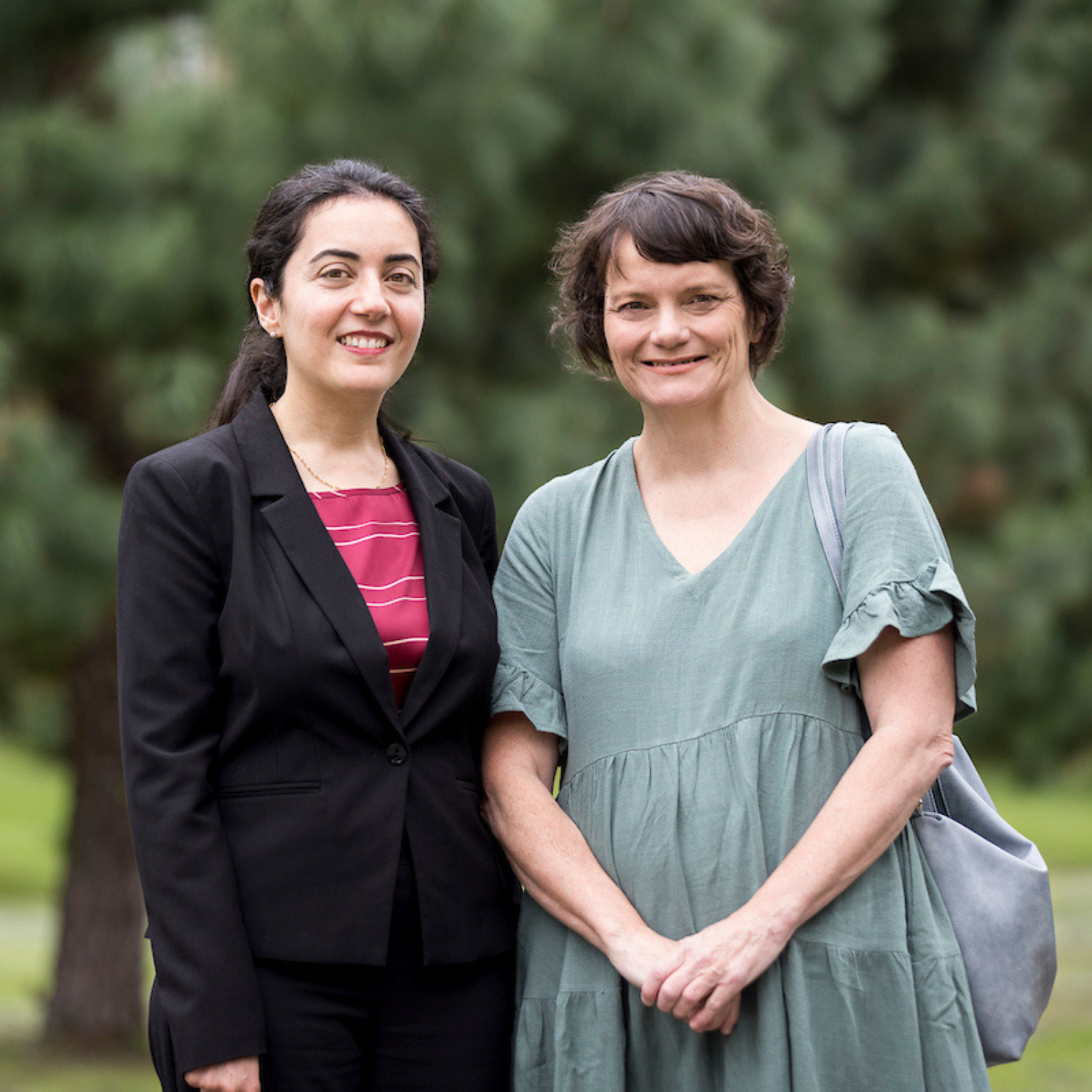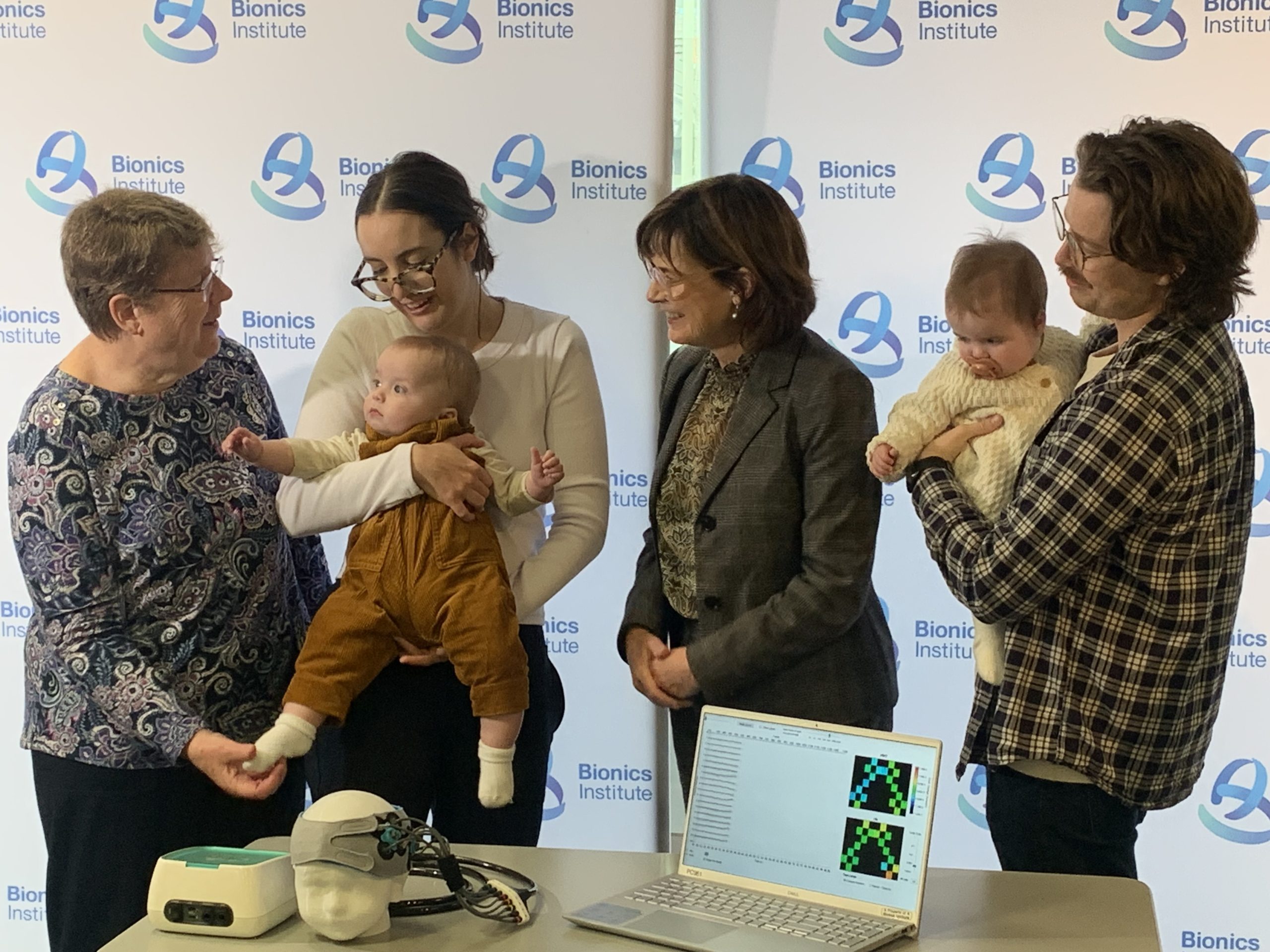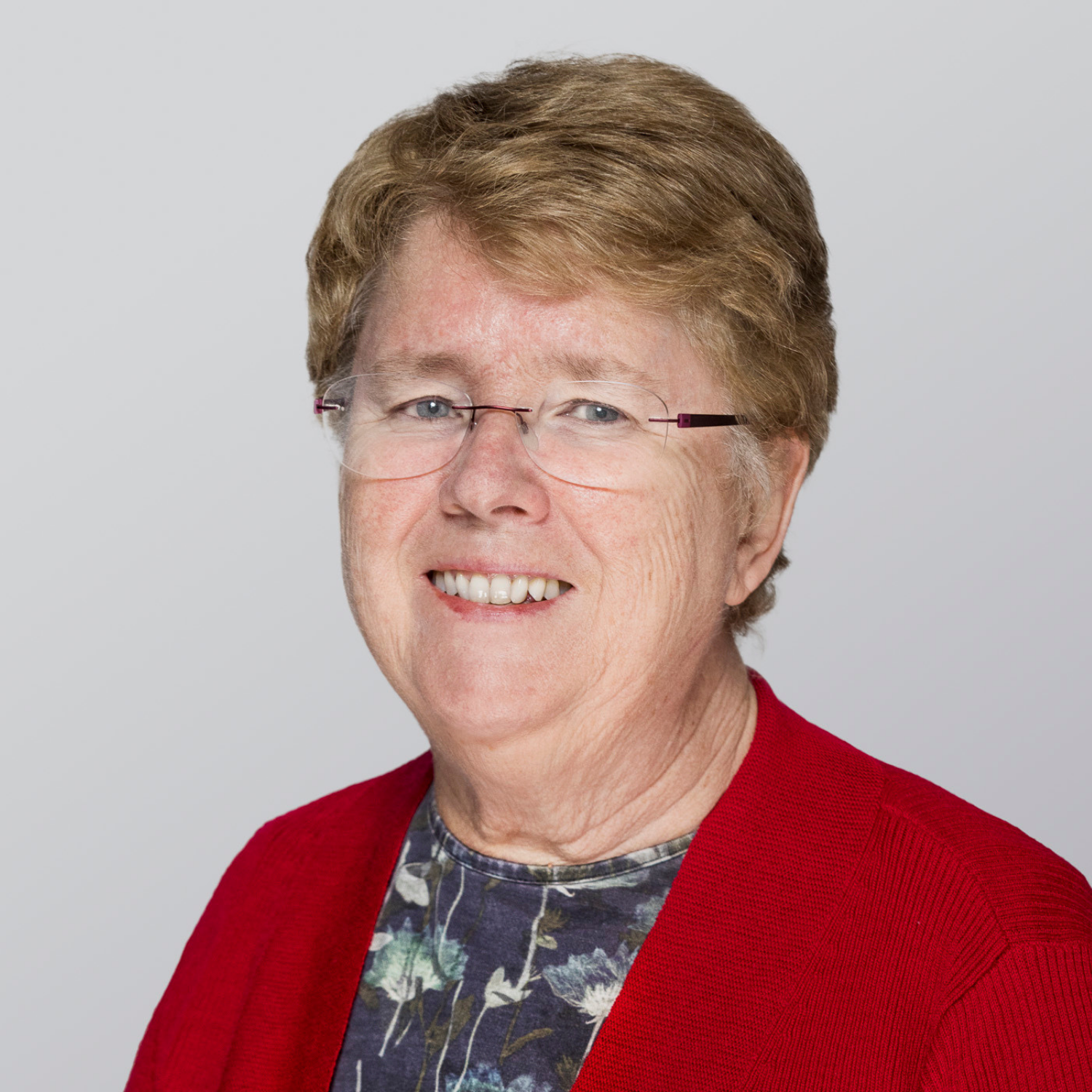
Professor Colette McKay, Translational Hearing Research and Principal Scientist
Professor Colette McKay is the Principal Scientist of the Bionics Institute and leads the translational hearing research program.
In 2002 she was elected a Fellow of the Acoustical Society of America for her research to improve speech understanding in cochlear implant users and in 2009 she was awarded the Thomas Simm Littler prize for contributions to auditory research by the British Society of Audiology.
In 2021 she was elected a fellow of the Australian Academy of Health and Medical Science.
She completed her undergraduate degree and PhD at the University of Melbourne in Physics and Mathematics and then undertook clinical training in Audiology at the same institution.
From 1989 to 2004 she held full time research fellow positions in the Department of Otolaryngology at the University of Melbourne.
During this time, her research focussed on psychophysics, speech perception, and signal processing in cochlear implants.
In 2005 Colette took up a position as Chair in Auditory Sciences at Aston University in the UK, where she launched the auditory research program as well as developing and implementing an undergraduate degree in Audiology.
From 2007 she was appointed Chair in Applied Hearing Research at the University of Manchester, UK, where she led the Audiology and Deafness Research Group, and was Director of Research for the School of Psychophysical Sciences.
In 2013, Colette returned to Melbourne with the assistance of a Victorian State Government Senior veski Innovation Fellowship, to take up the role of Leader in Translational Hearing Research at the Bionics Institute.
Colette currently holds honorary professorial fellowships at the University of Melbourne Departments of Otolaryngology and Medical Bionics and Professor McKay’s current research continues to aim to improve the lives of people who receive a cochlear implant.
Her team is developing diagnostic measures that will enable individually optimised programming methods for cochlear implants, and that will lead to improved communication ability for these recipients.
In 2015 she established Australia’s first brain imaging lab that uses functional near-infrared spectroscopy to develop innovations to improve the management of hearing loss.
Projects underway in this lab are developing objective measures of listening effort and tinnitus, as well as a novel clinical device (EarGenie), which objectively evaluates the functional hearing of sleeping infants, including their ability to distinguish between different speech sounds.
EarGenie will provide a valuable aid for clinicians to fast track the management of infants born with a hearing loss, to ensure language development to their highest potential.
URL: https://www.bionicsinstitute.org/professor-colette-mckay
Google Scholar: Colette McKay
Media coverage
Recent Selected publications
Full list can be found on Google Scholar
1. Mao D, Wunderlich J, Savkovic B, Jeffreys E, Nicholls N, Lee OW, Eager M, McKay CM. (2021). “Speech Token Detection and Discrimination in Individual Infants Using Functional Near-Infrared Spectroscopy,” Scientific Reports 11:24006 (accepted 2/11/2021; published 15/12/2021) doi.org/10.1038/s41598-021-03595-z PMID: 34907273
2. McKay CM. (2021). “Applications of phenomenological loudness models to cochlear implants. Frontiers in Psychology 2021 11:611517. doi: 10.3389/fpsyg.2020.611517
3. McKay CM. (2021). “No evidence that music training benefits speech perception in hearing-impaired listeners: a systematic review,” Trends in Hearing 25:1-16. doi: 10.1177/2331216520985678
4. Mao, D., H. Innes-Brown, M. A. Petoe, Y. T. Wong, and C. M. McKay. 2019. Fully objective hearing threshold estimation in cochlear implant users using phase-locking value growth functions. Hearing Research. 377: 24-33. doi: 1016/j.heares.2019.02.013. Full Text
5. Shoushtarian, M., S. Weder, H. Innes-Brown, and C. M. McKay. 2019. Assessing hearing by measuring heartbeat: The effect of sound level. PLoS ONE. 14(2): e0212940. doi: 1371/journal.pone.0212940. Full Text
6. Brochier, T., C. McKay, and H. McDermott. 2018. Encoding speech in cochlear implants using simultaneous amplitude and rate modulation. The Journal of the Acoustical Society of America. 144(4): 2042-2051. doi: 1121/1.5055989. Full Text
7. Mao, D., H. Innes-Brown, M. A. Petoe, Y. T. Wong, and C. M. McKay. 2018. Cortical auditory evoked potential time-frequency growth functions for fully objective hearing threshold estimation. Hearing Research. 370: 74-83. doi: 1016/j.heares.2018.09.006.Full Text
8. Peng, F., H. Innes-Brown, C. M. McKay, J. Fallon, Y. Zhou, X. Wang, N. Hu, and W. Hou. 2018. Temporal Coding of Voice Pitch Contours in Mandarin Tones. Frontiers in Neural Circuits. 12(55). doi: 3389/fncir.2018.00055. Full Text
9.Zhou, X., A. K. Seghouane, A. Shah, H. Innes-Brown, W. Cross, R. Litovsky, and C. M. McKay. 2018. Cortical Speech Processing in Postlingually Deaf Adult Cochlear Implant Users, as Revealed by Functional Near-Infrared Spectroscopy. Trends in Hearing. 22: 2331216518786850. doi: 1177/2331216518786850. Full Text
10. McKay, C. M., N. Rickard, and K. Henshall. 2018. Intensity Discrimination and Speech Recognition of Cochlear Implant Users. Journal of the Association for Research in Otolaryngology : JARO: [epub ahead of print]. doi: 10.1007/s10162-018-0675-7. View-only version
11. Weder, S., X. Zhou, M. Shoushtarian, H. Innes-Brown, and C. McKay. 2018. Cortical Processing Related to Intensity of a Modulated Noise Stimulus-a Functional Near-Infrared Study. Journal of the Association for Research in Otolaryngology : JARO: [epub ahead of print]. doi: 1007/s10162-018-0661-0. Full Text
